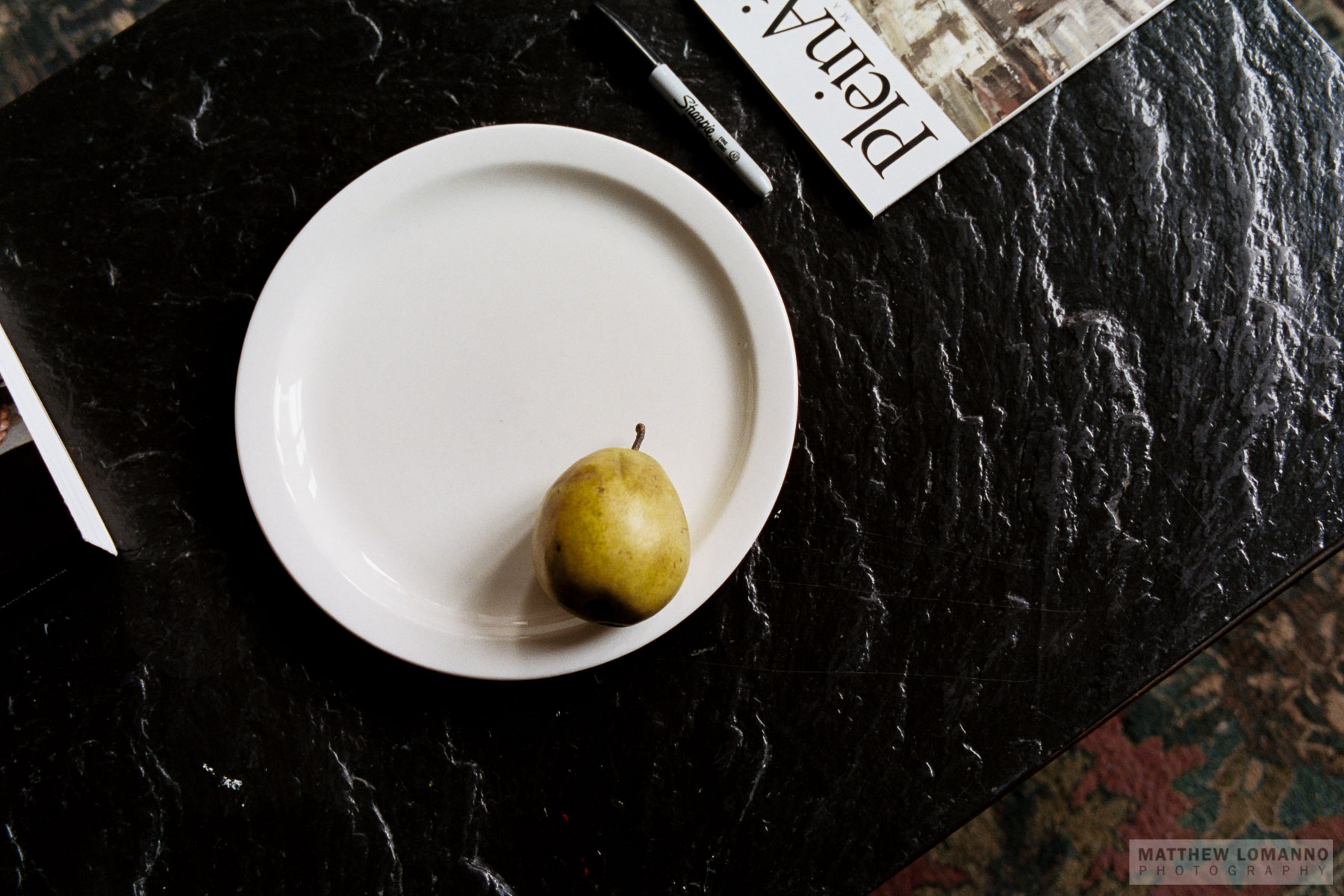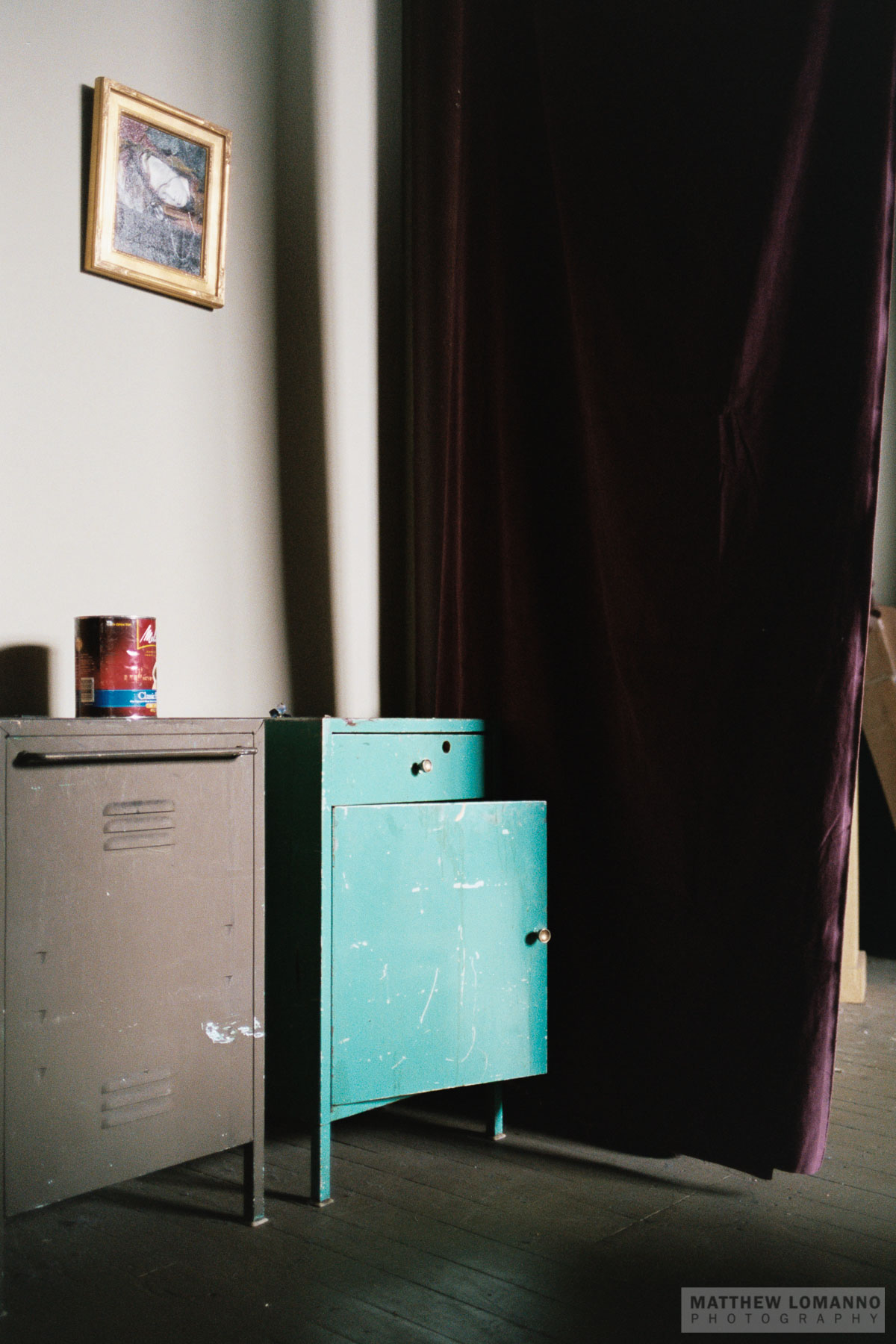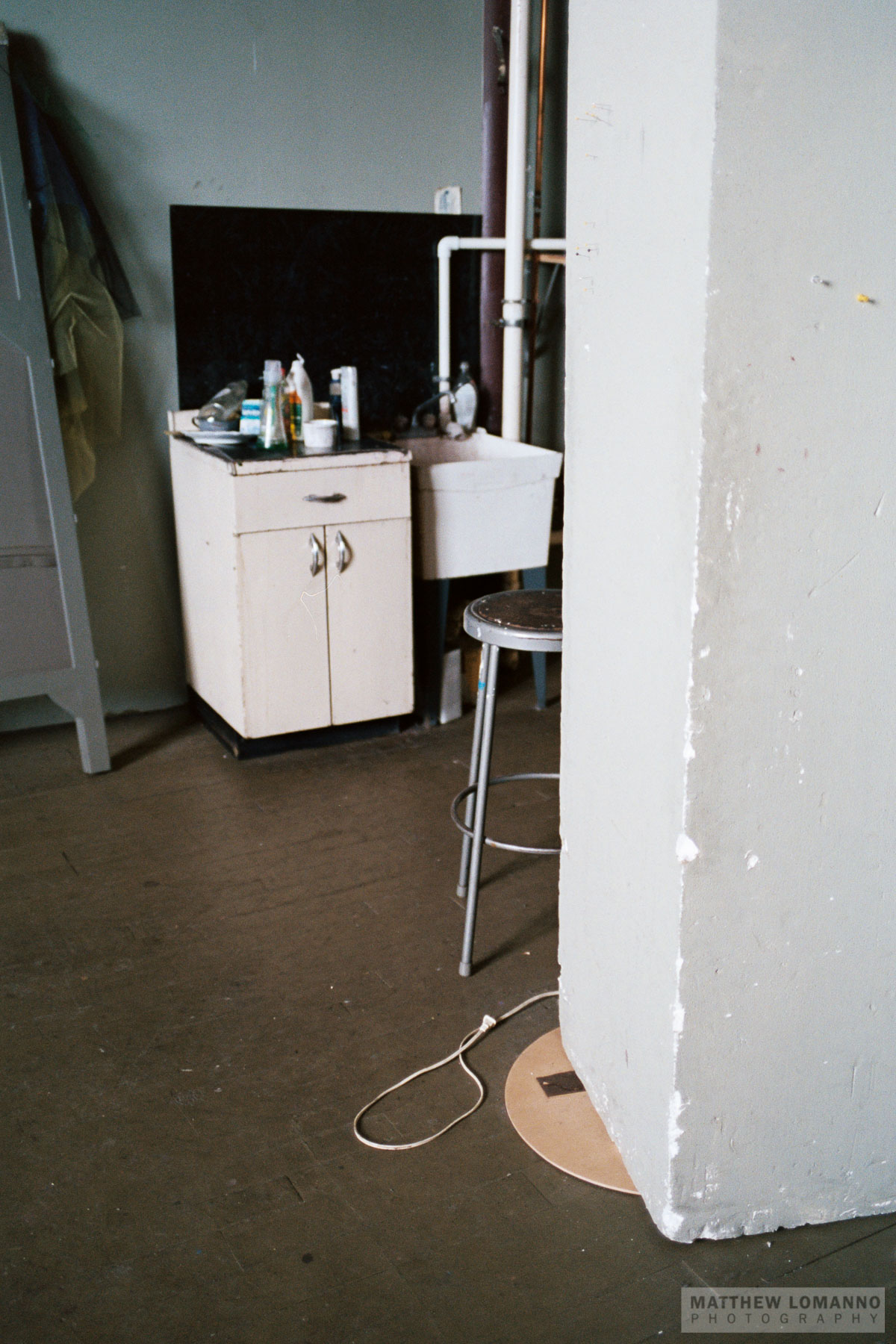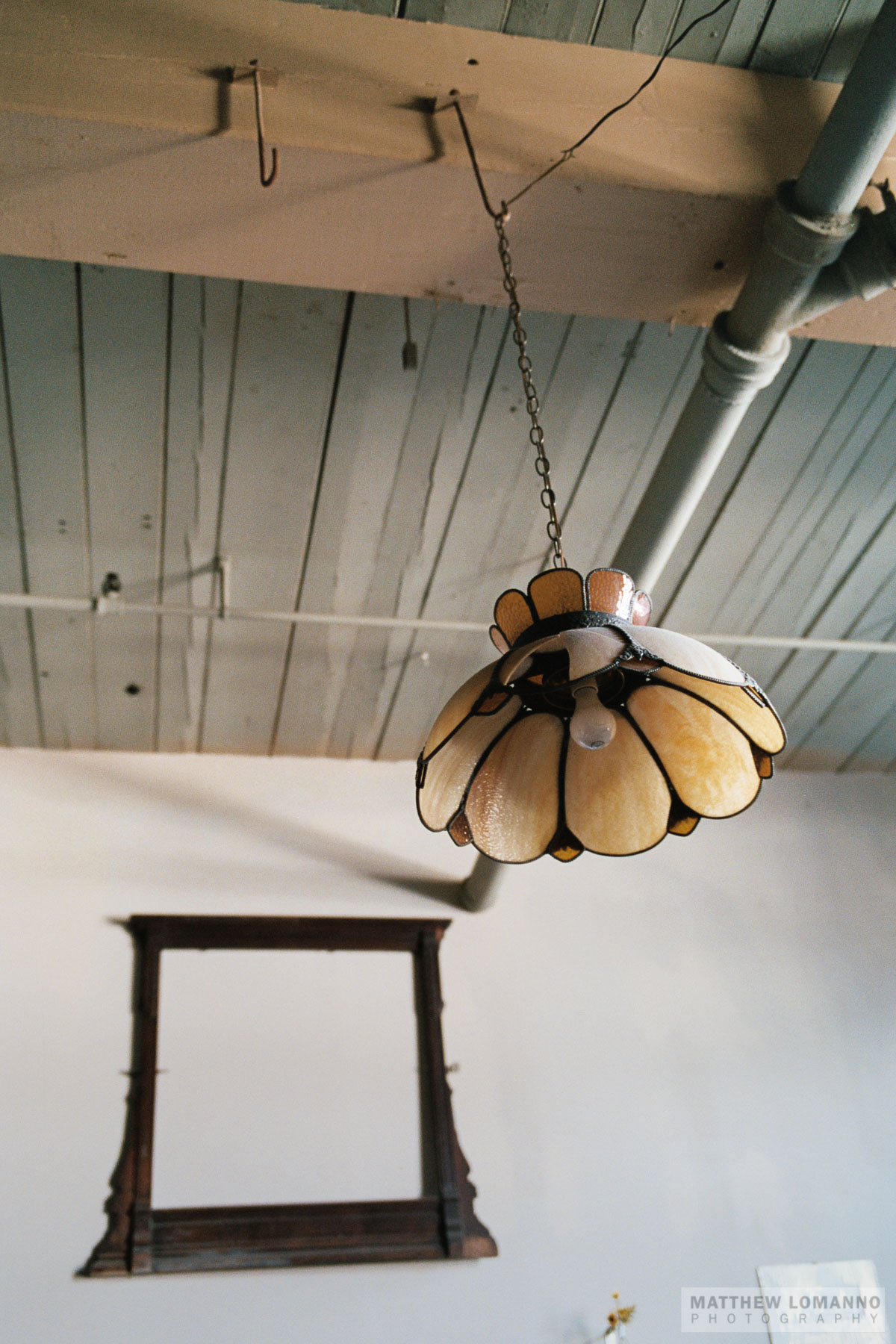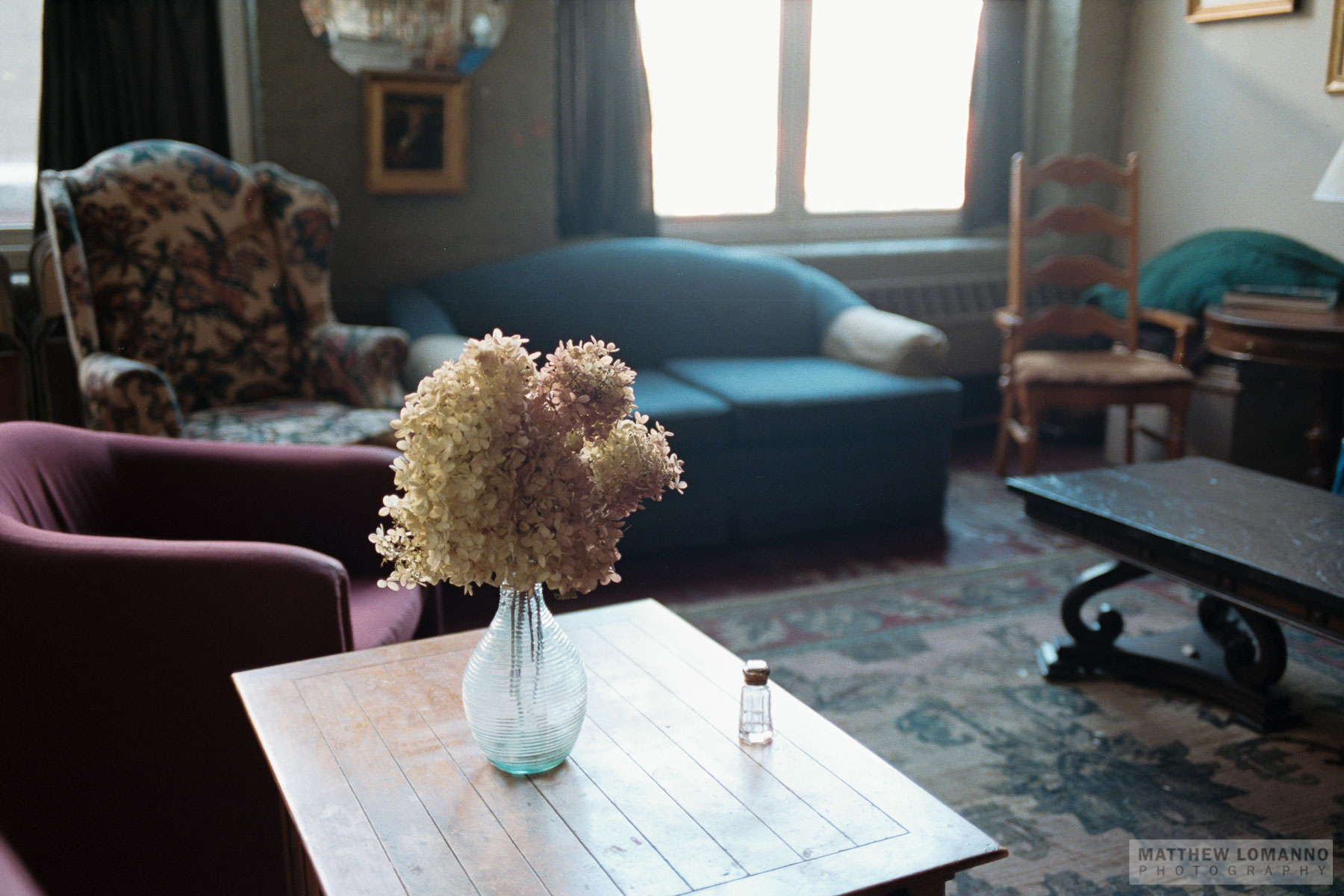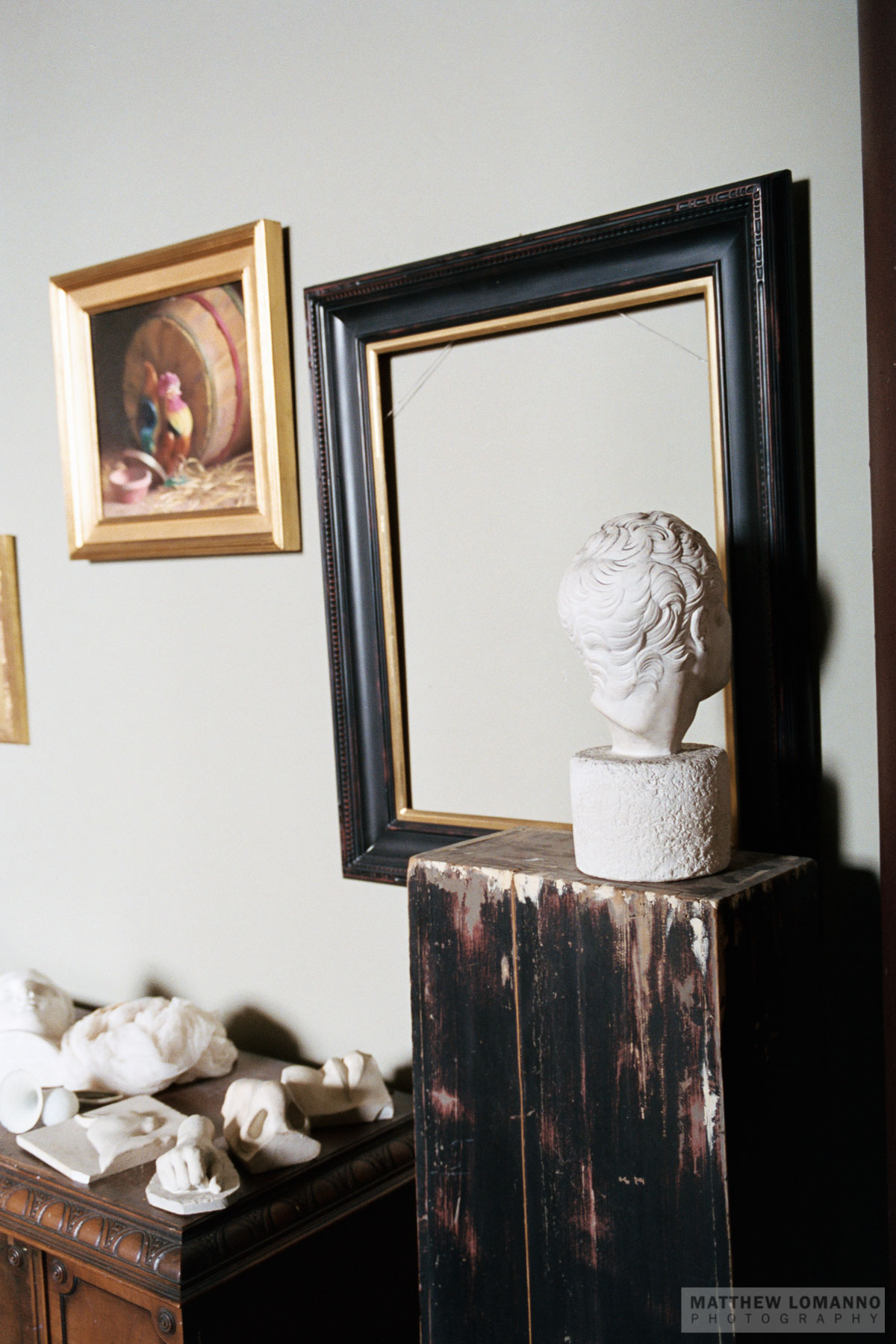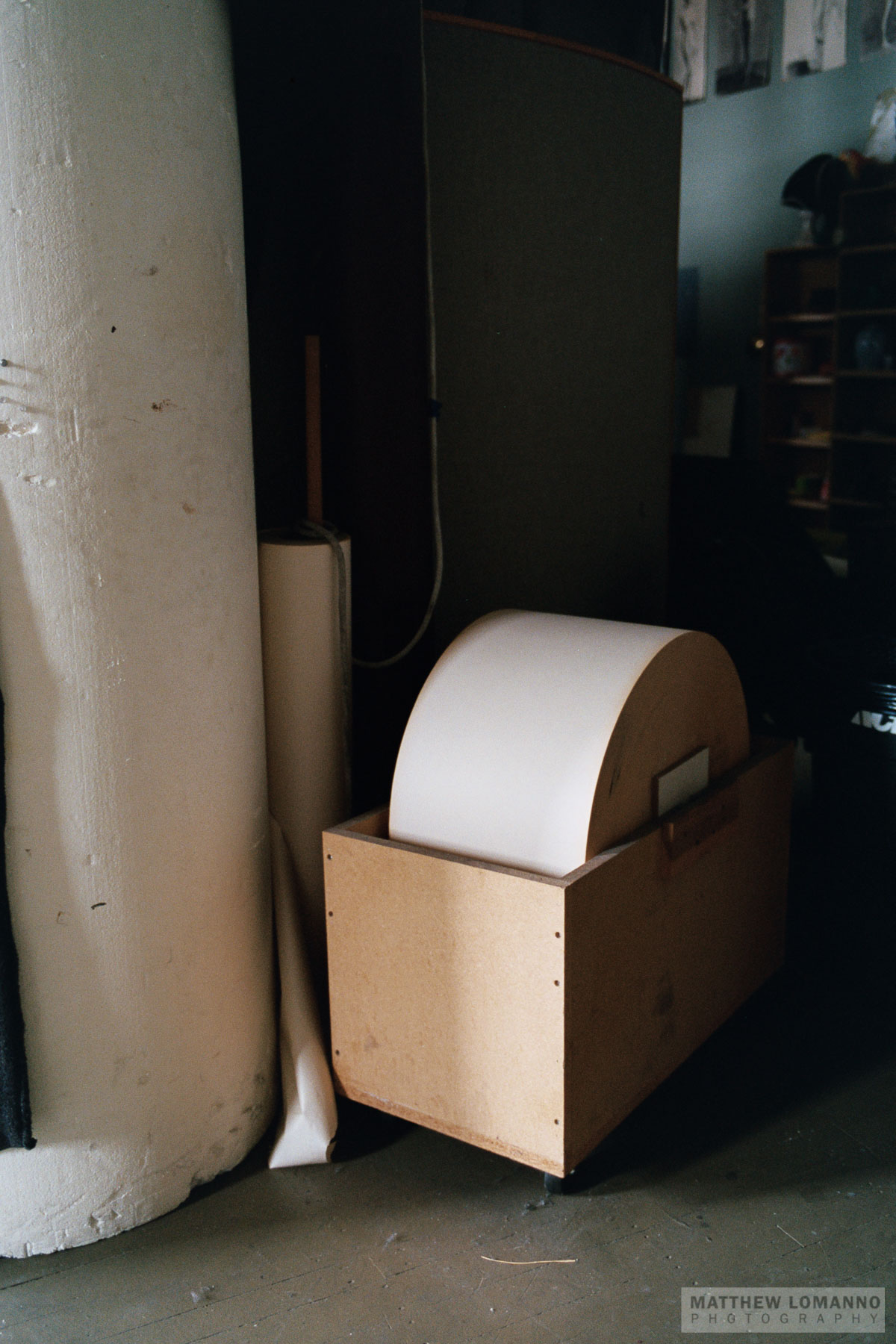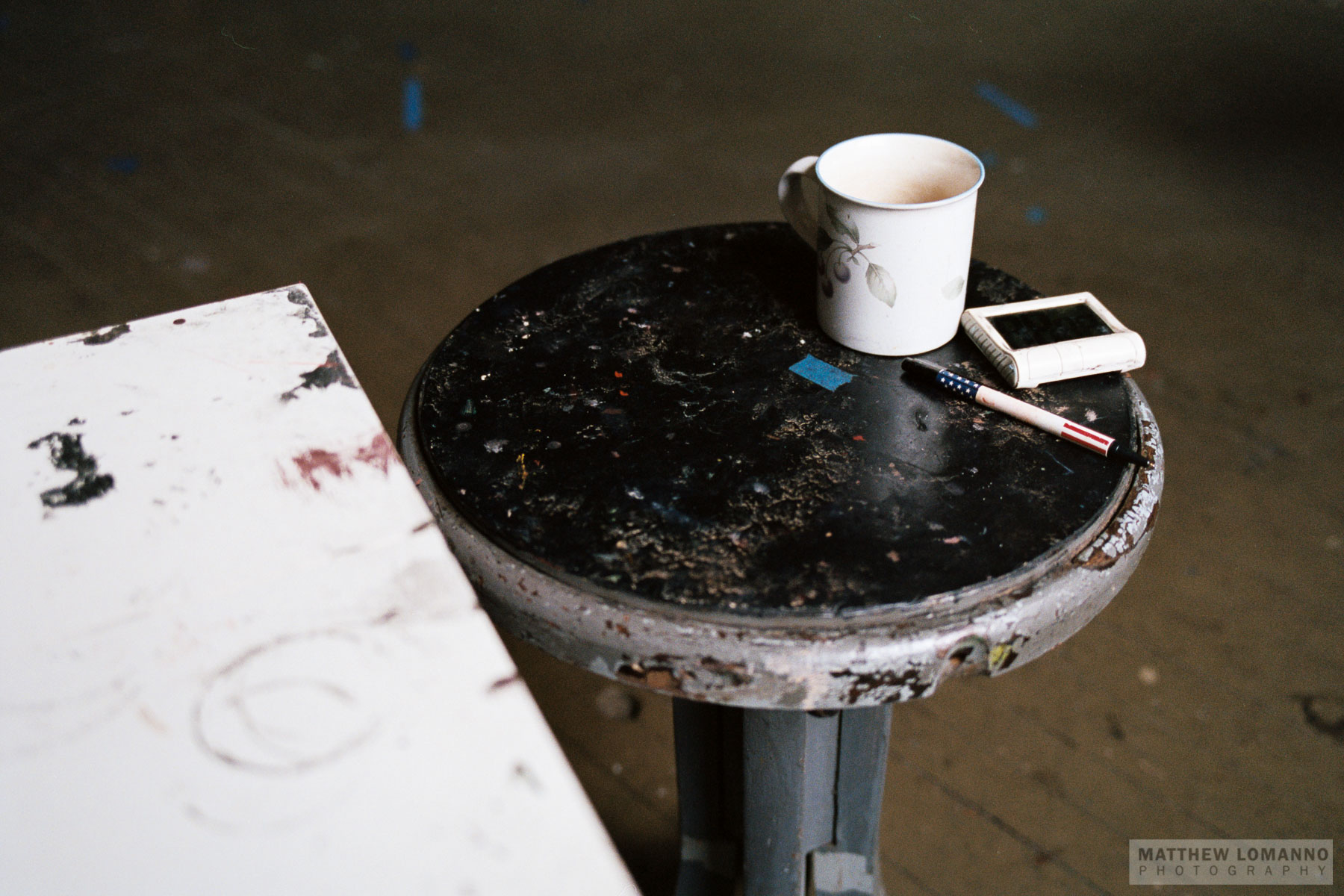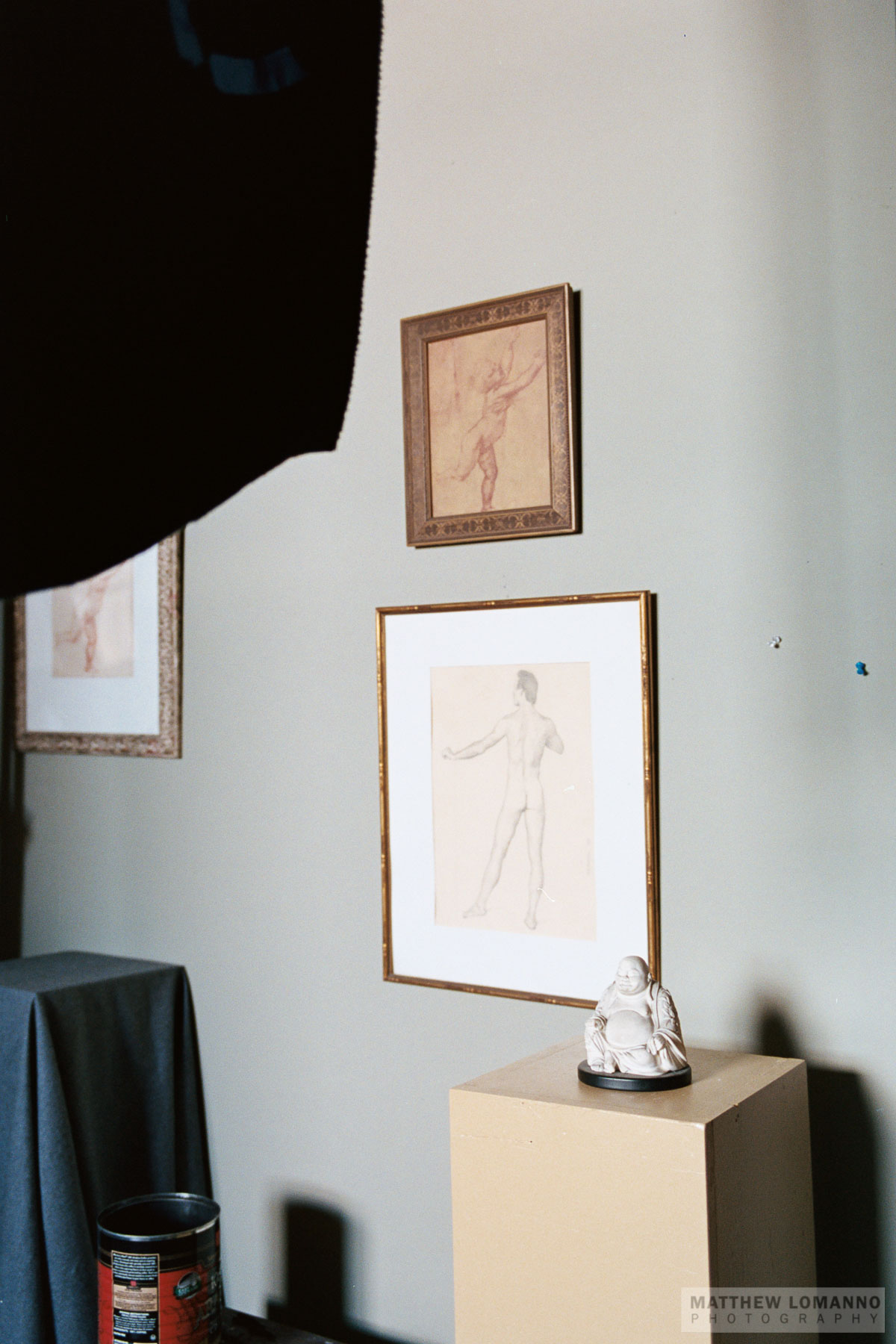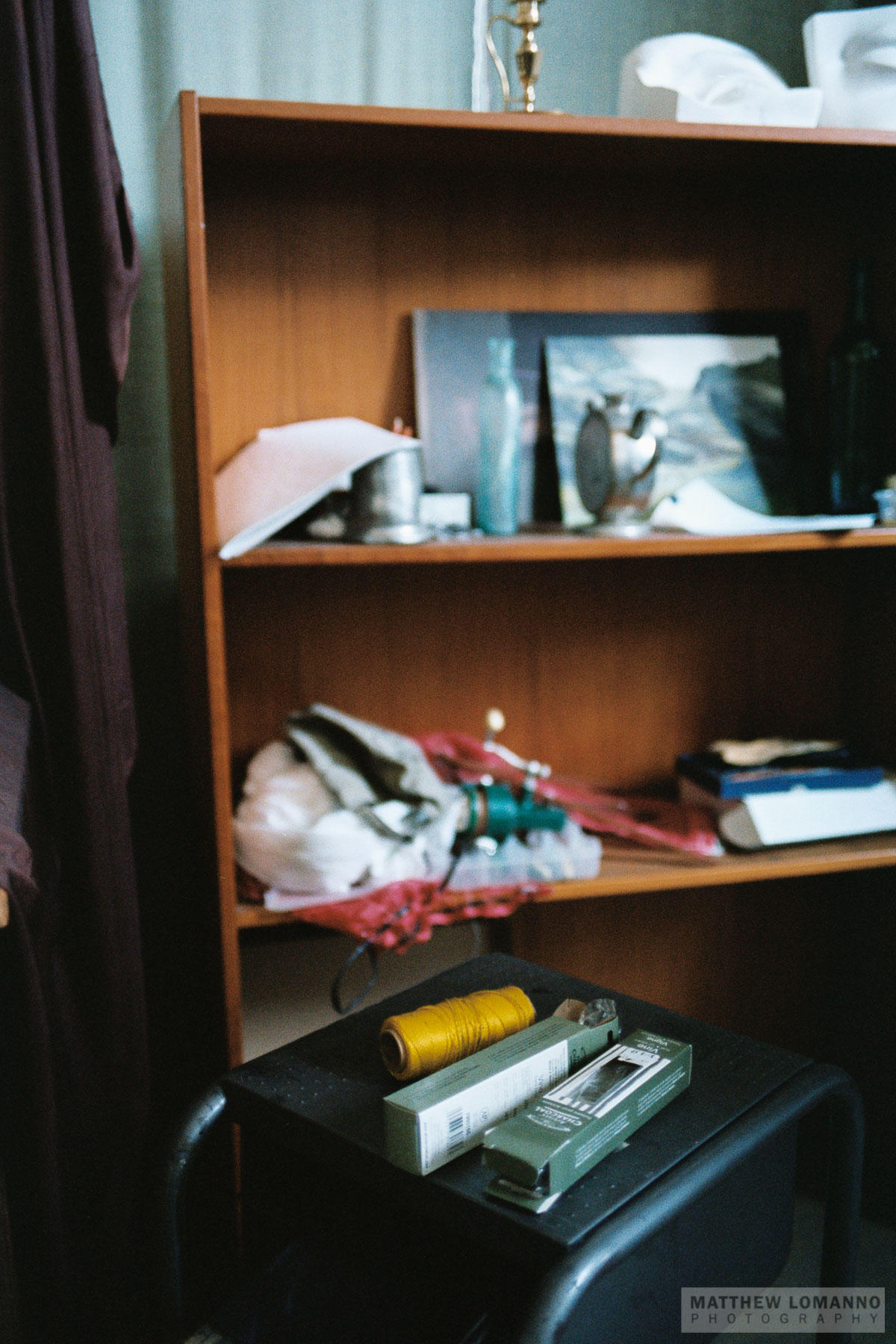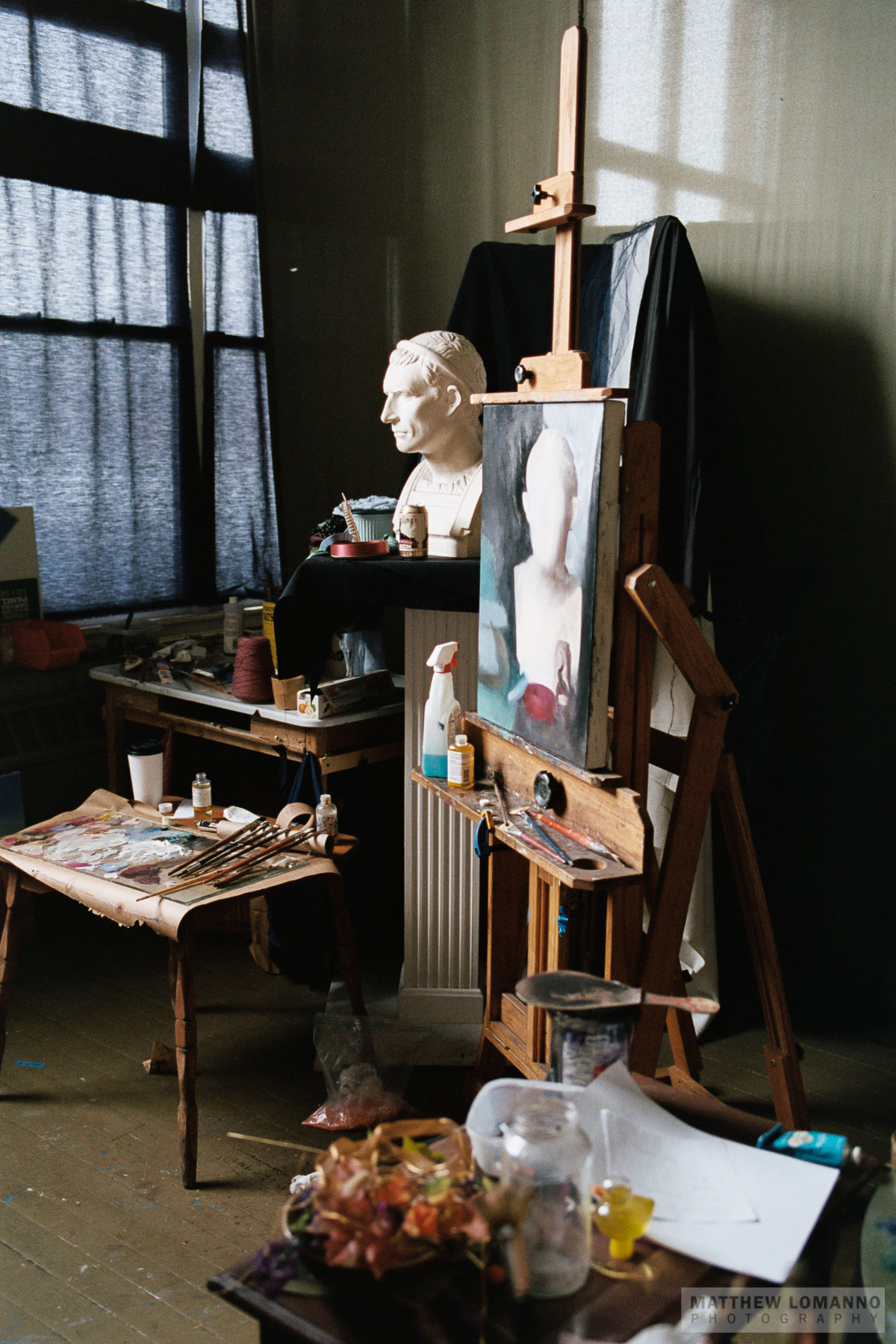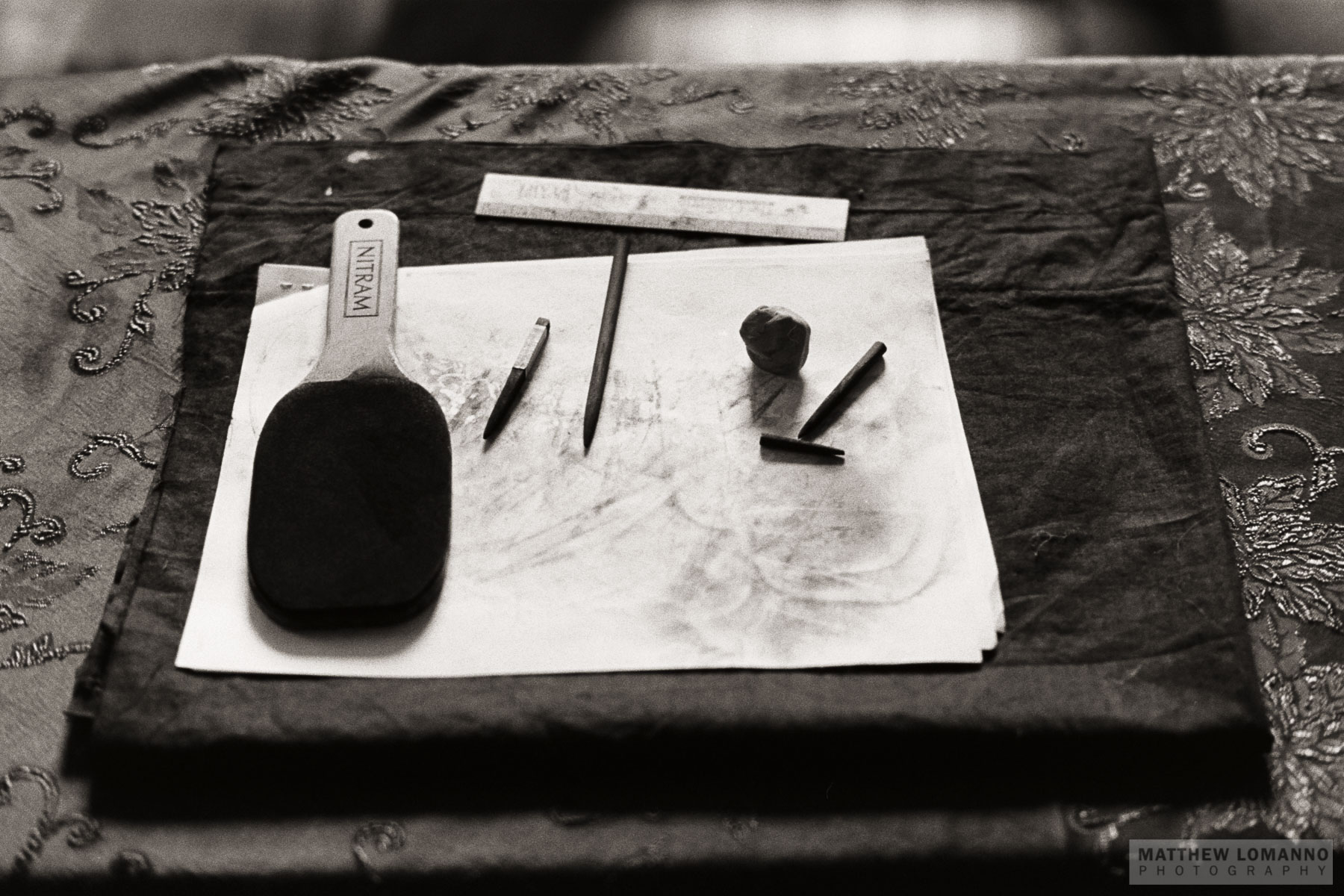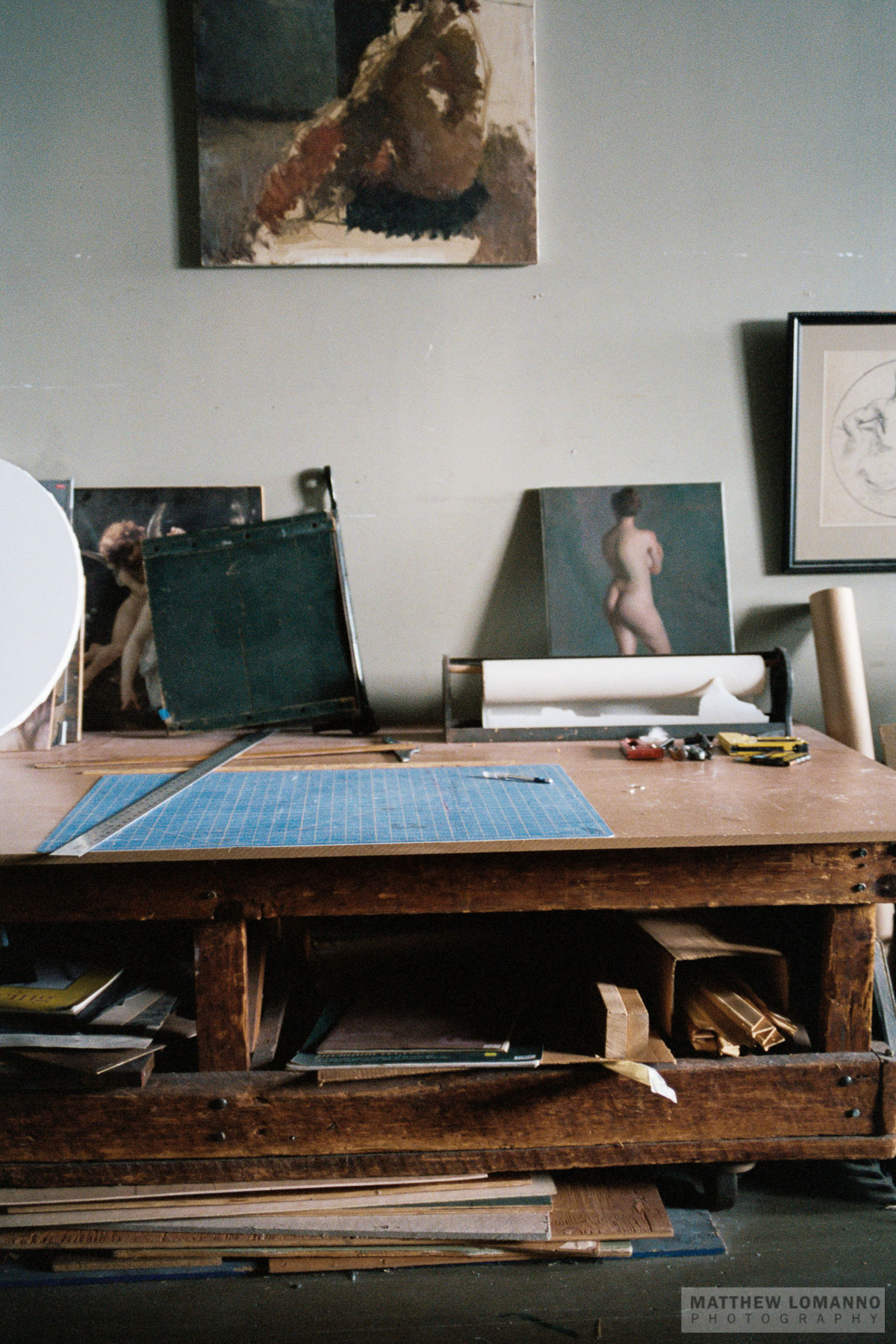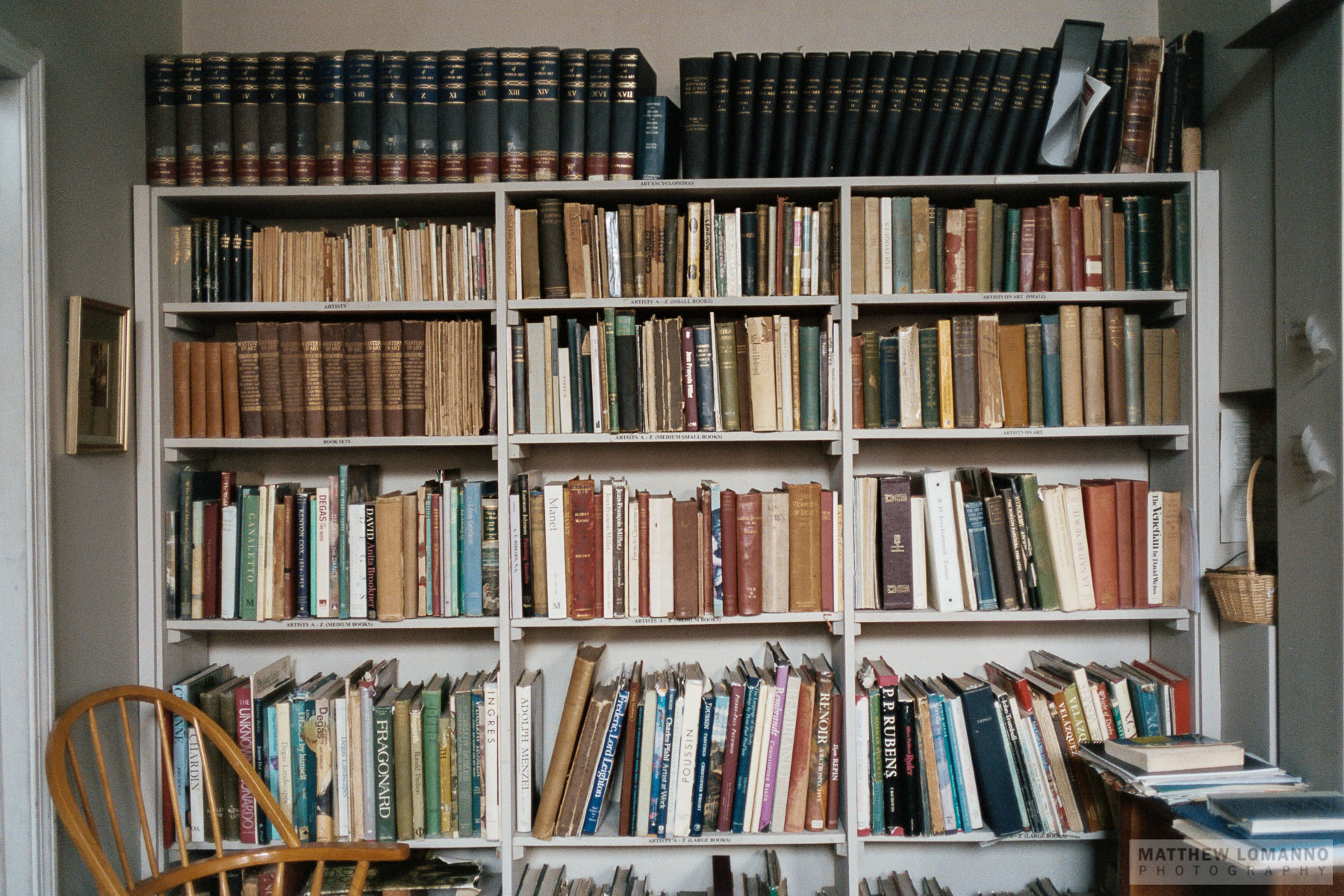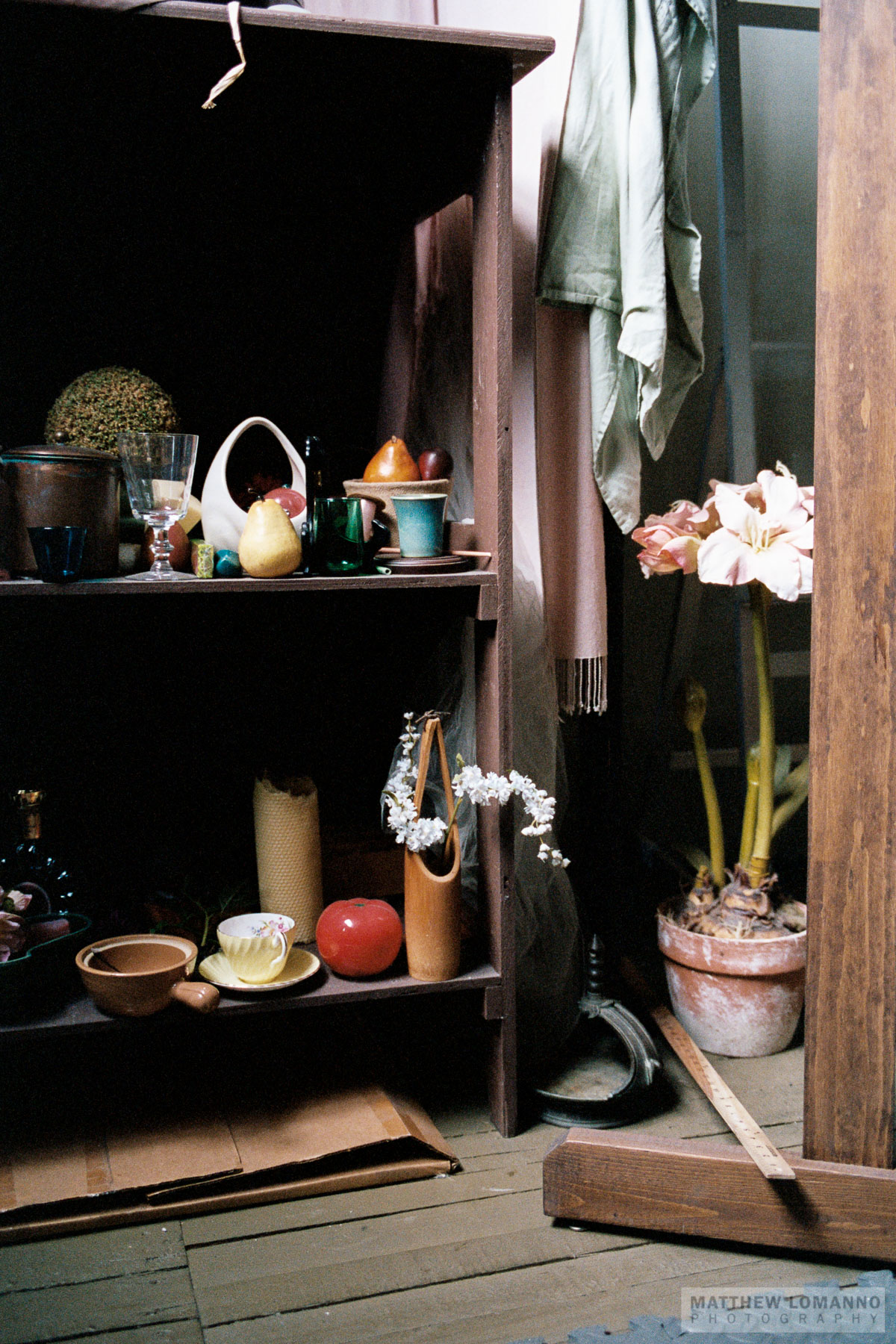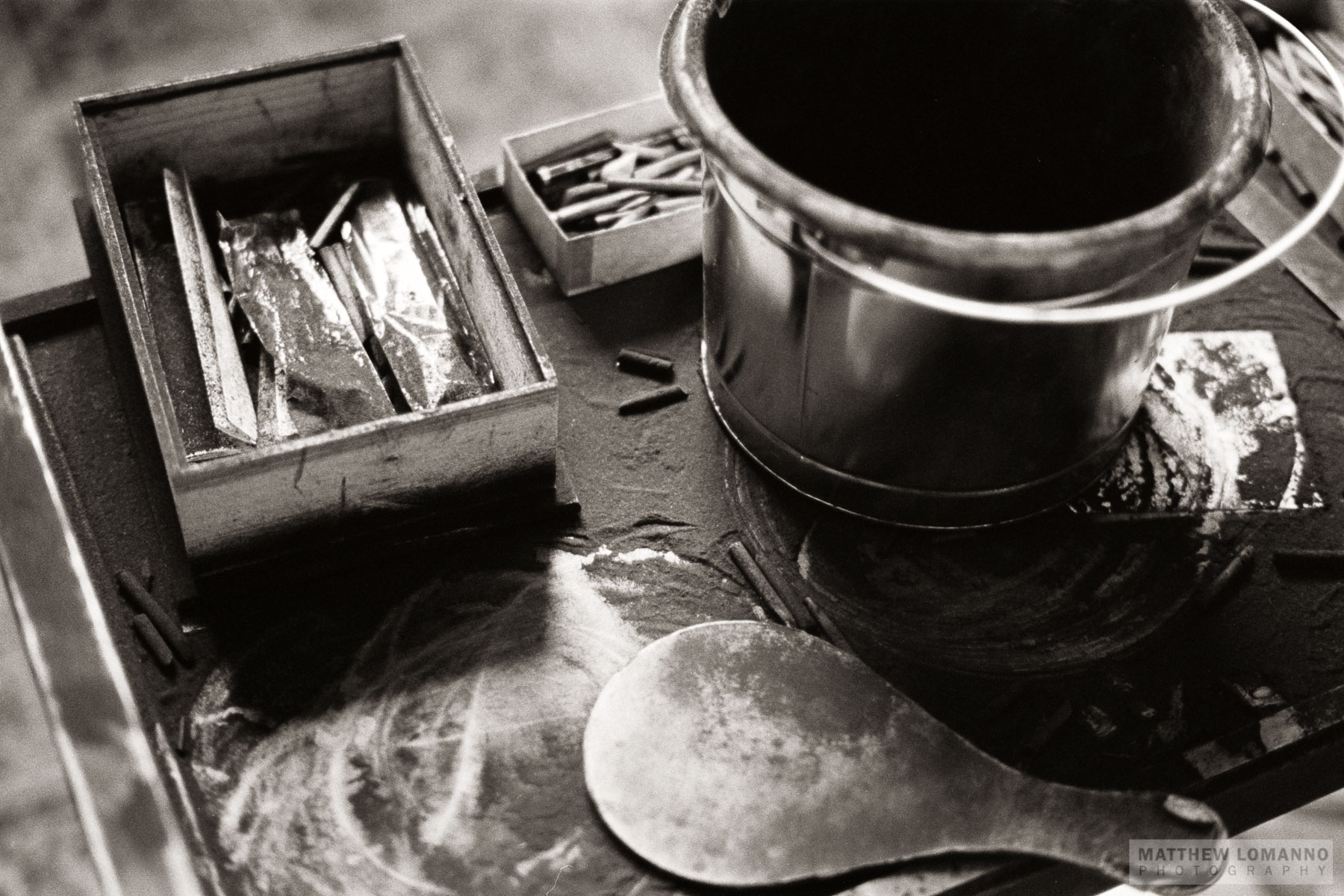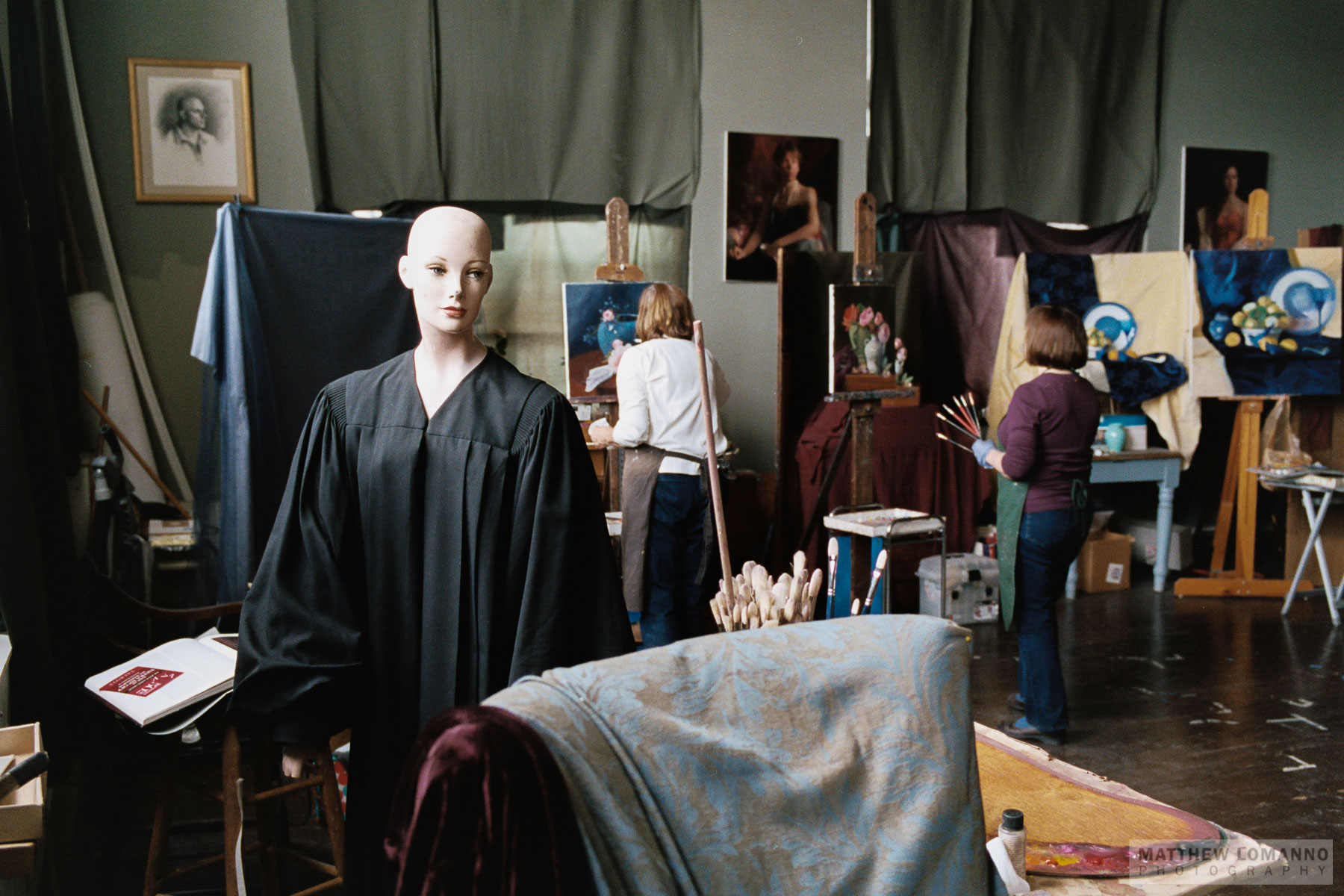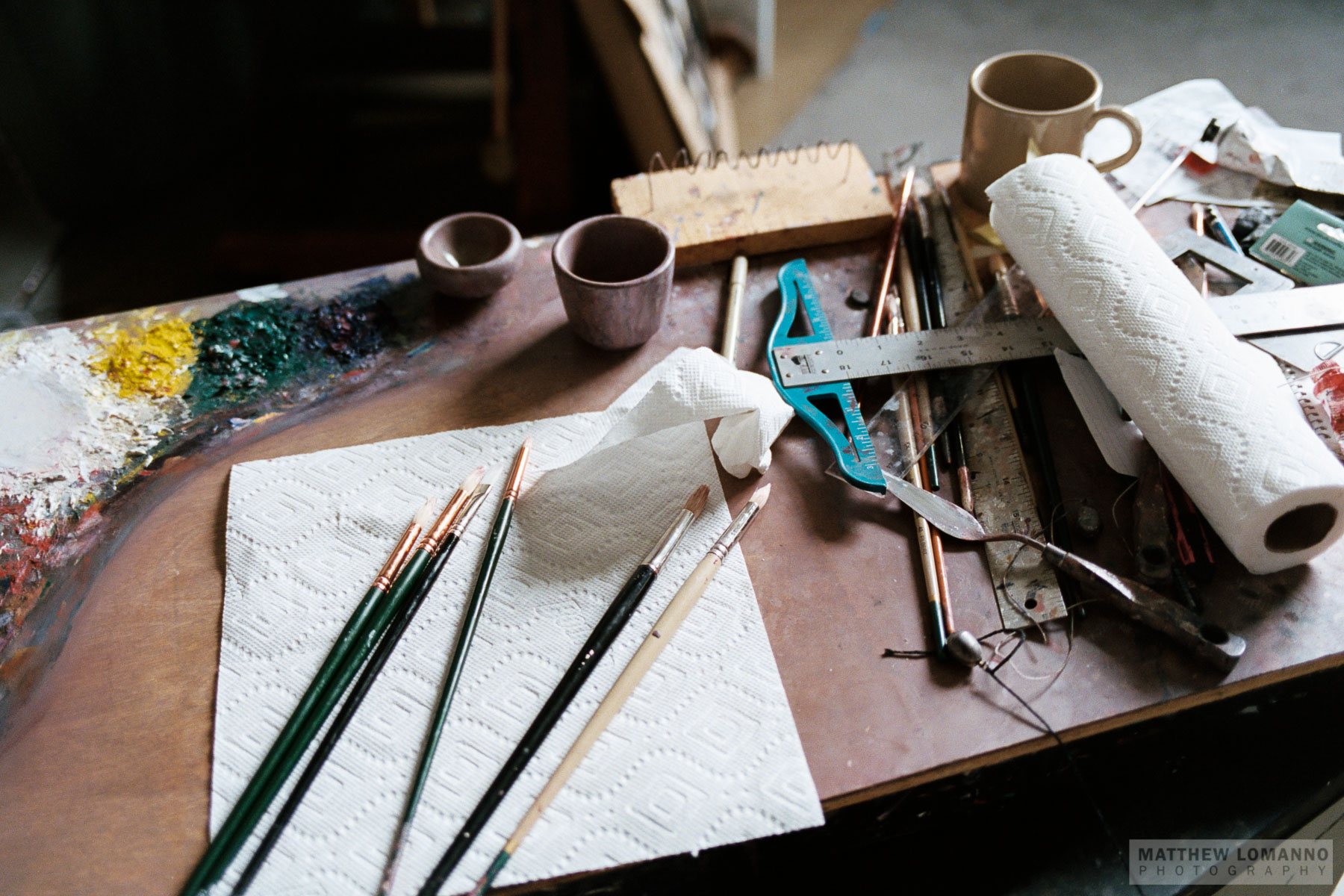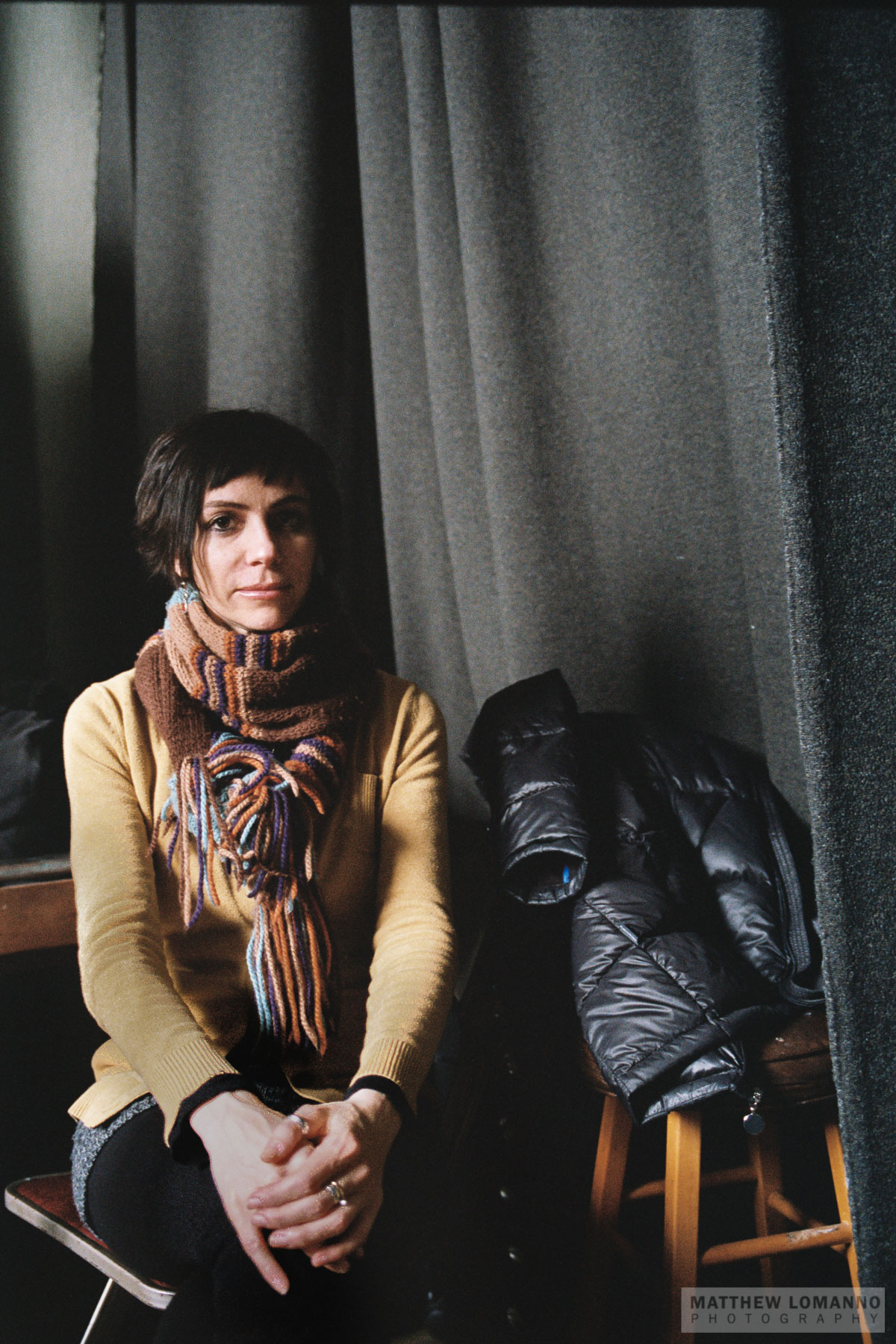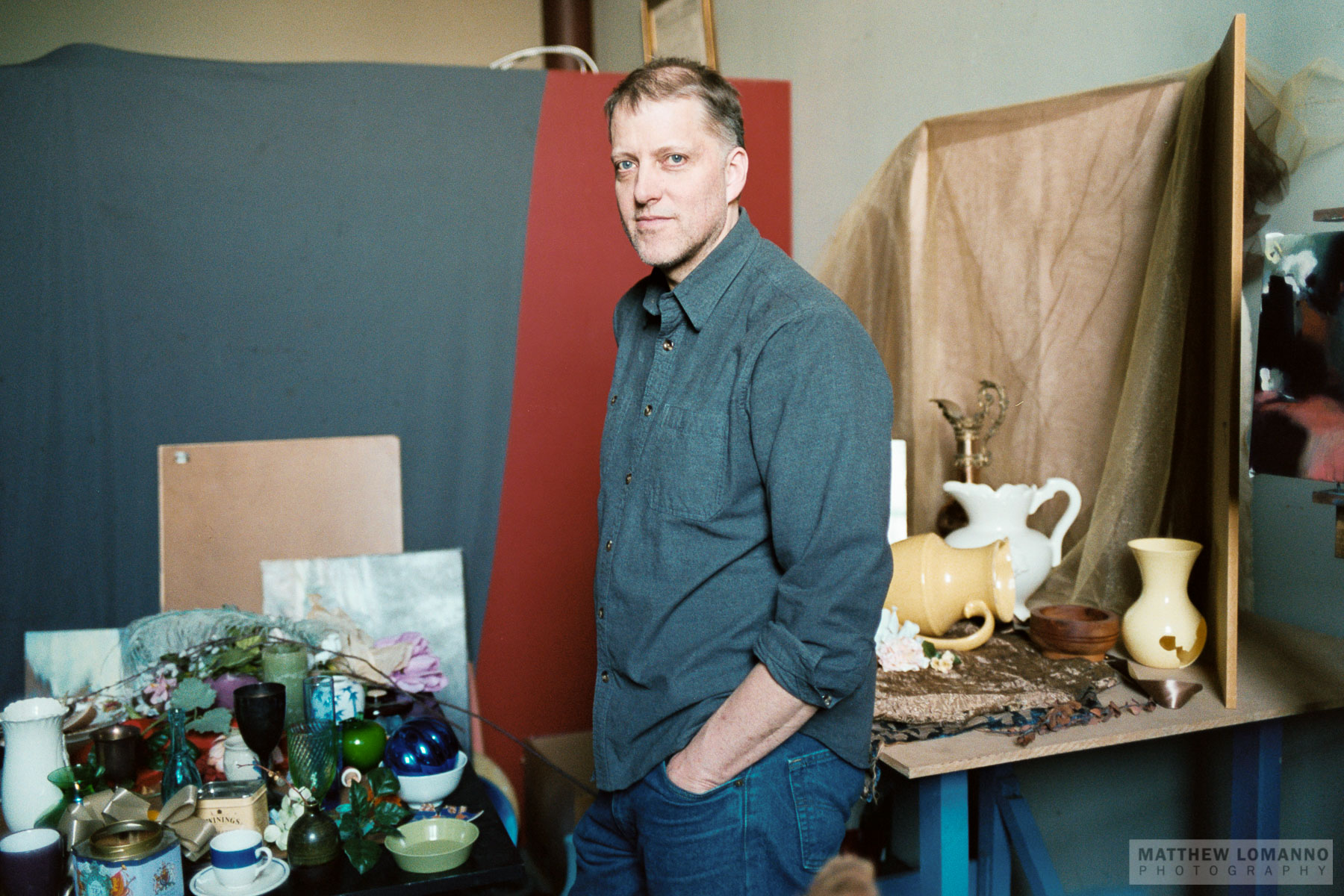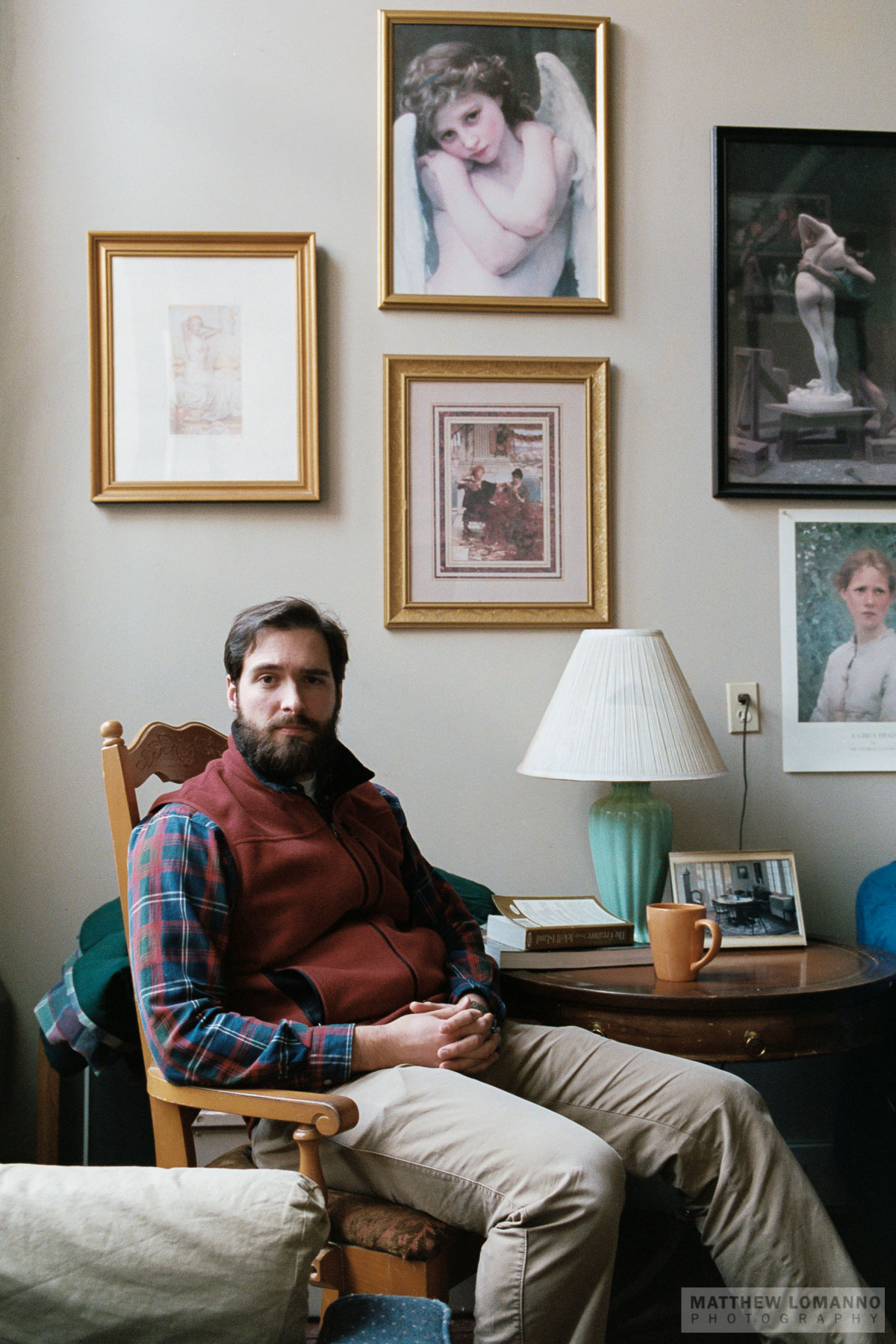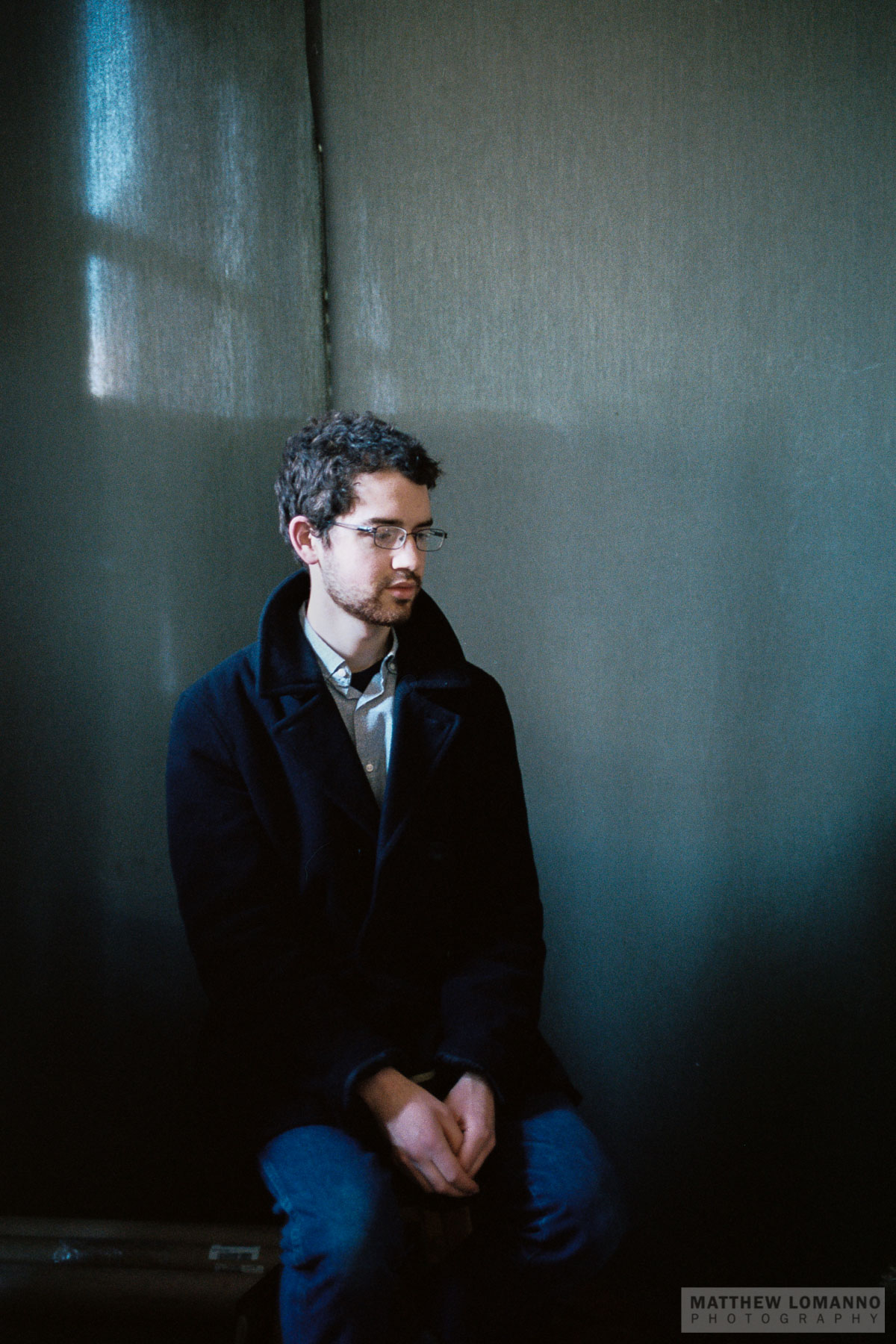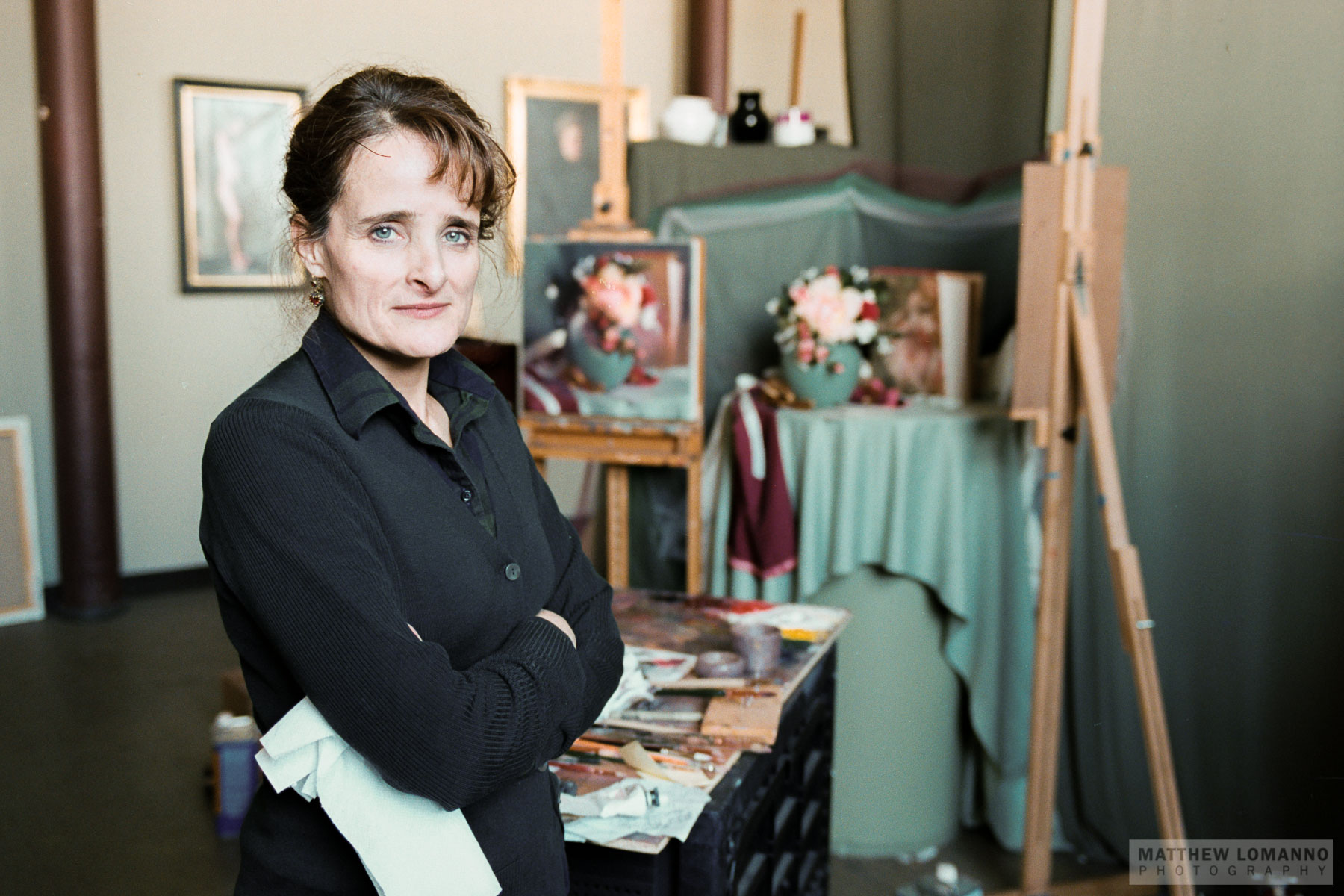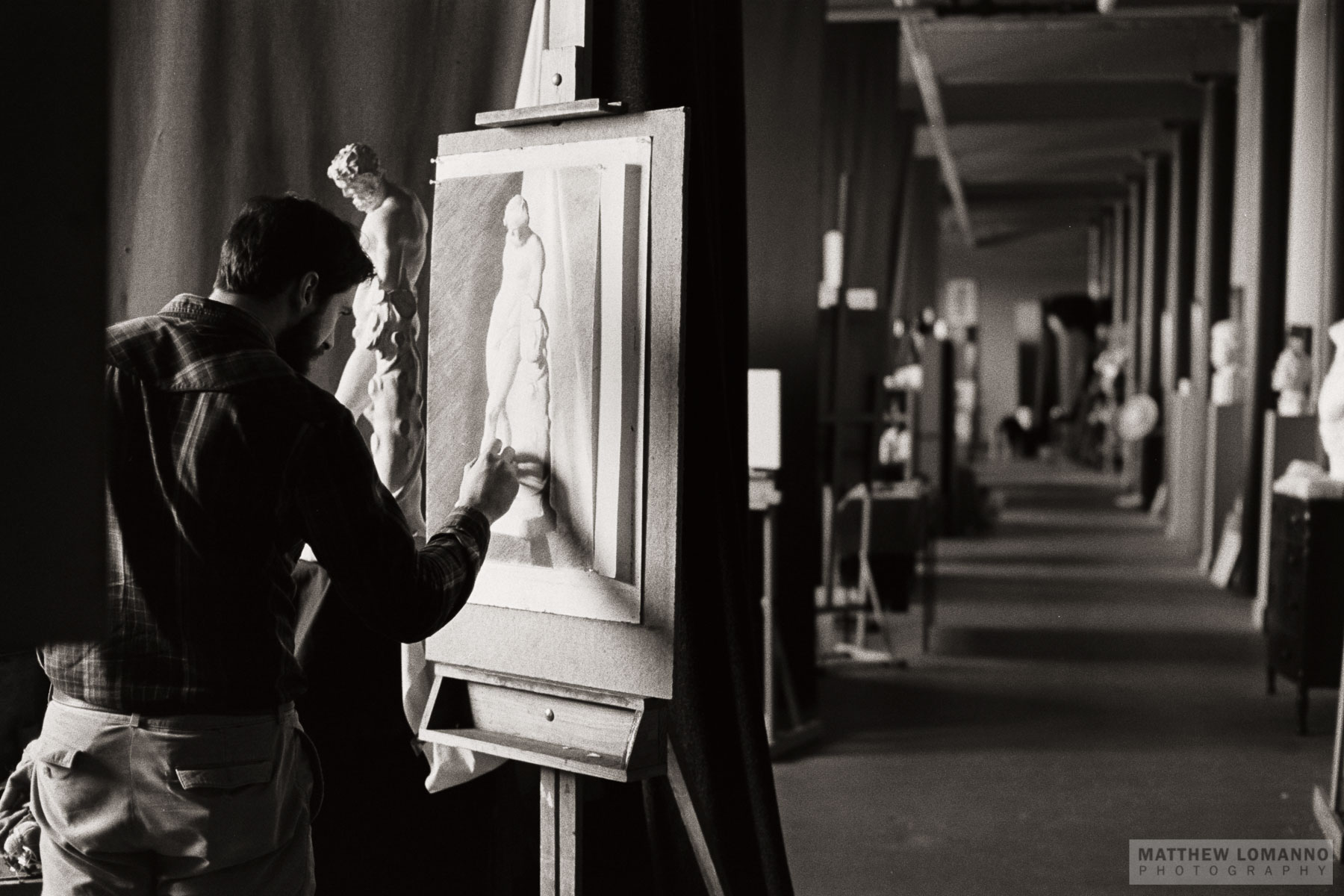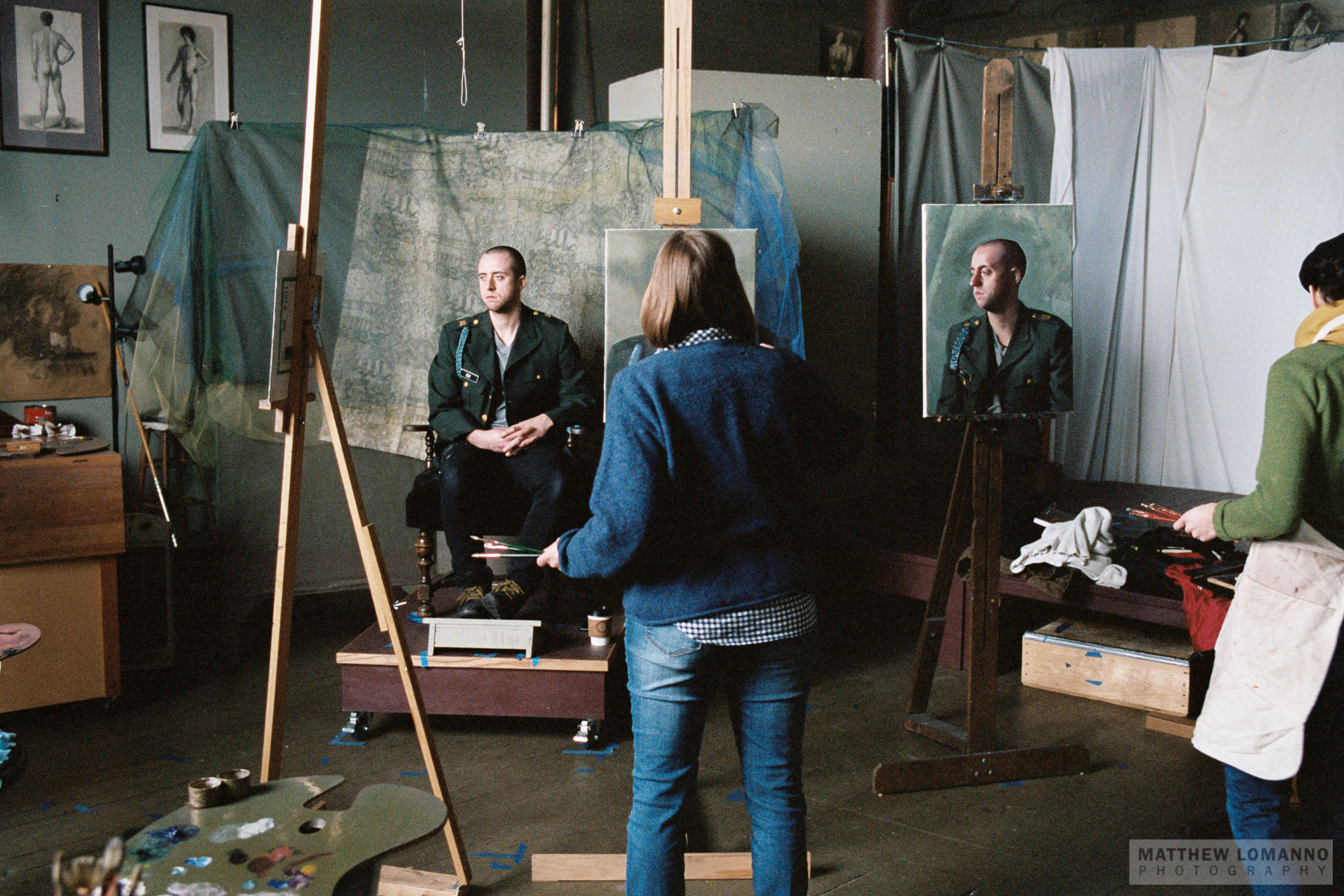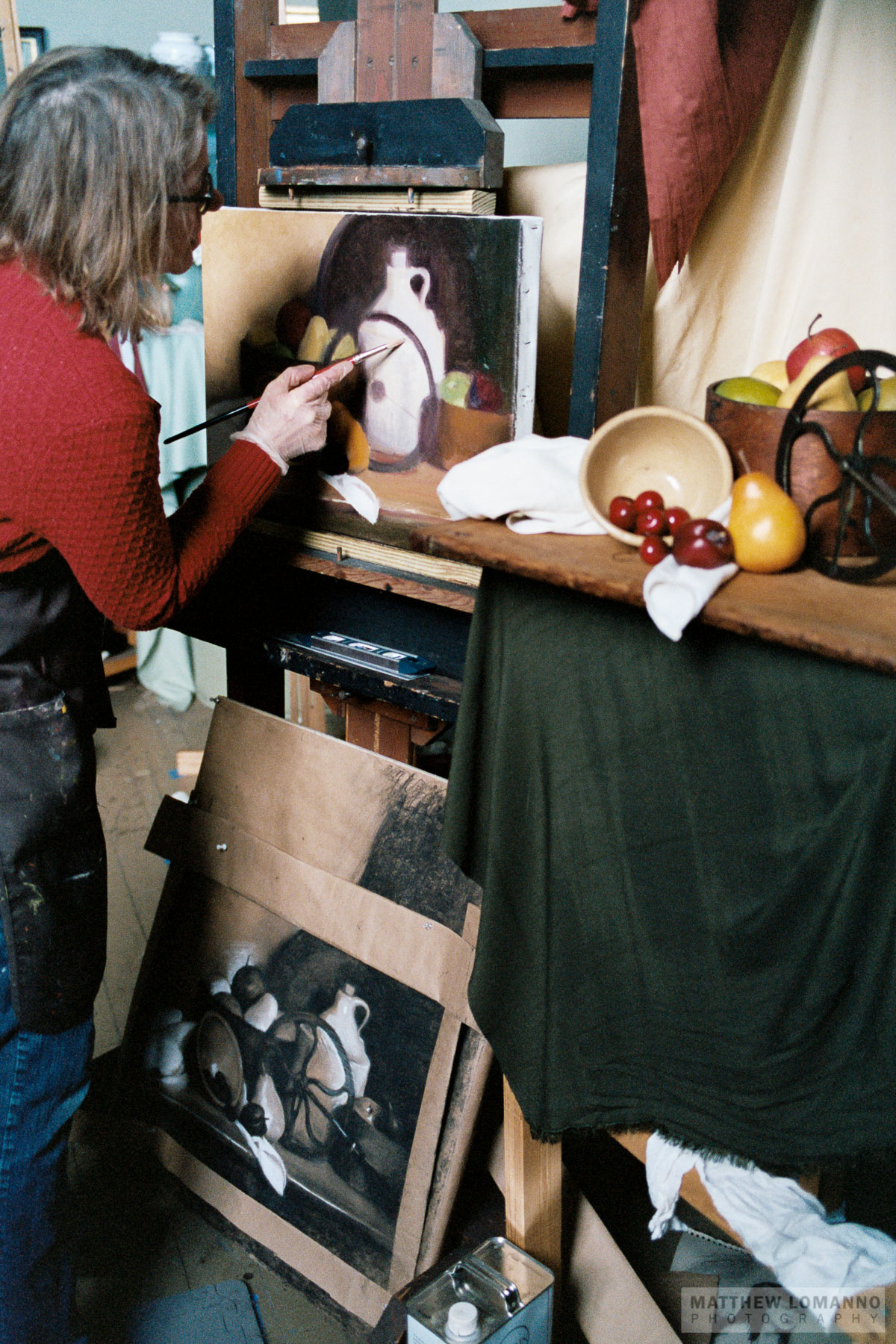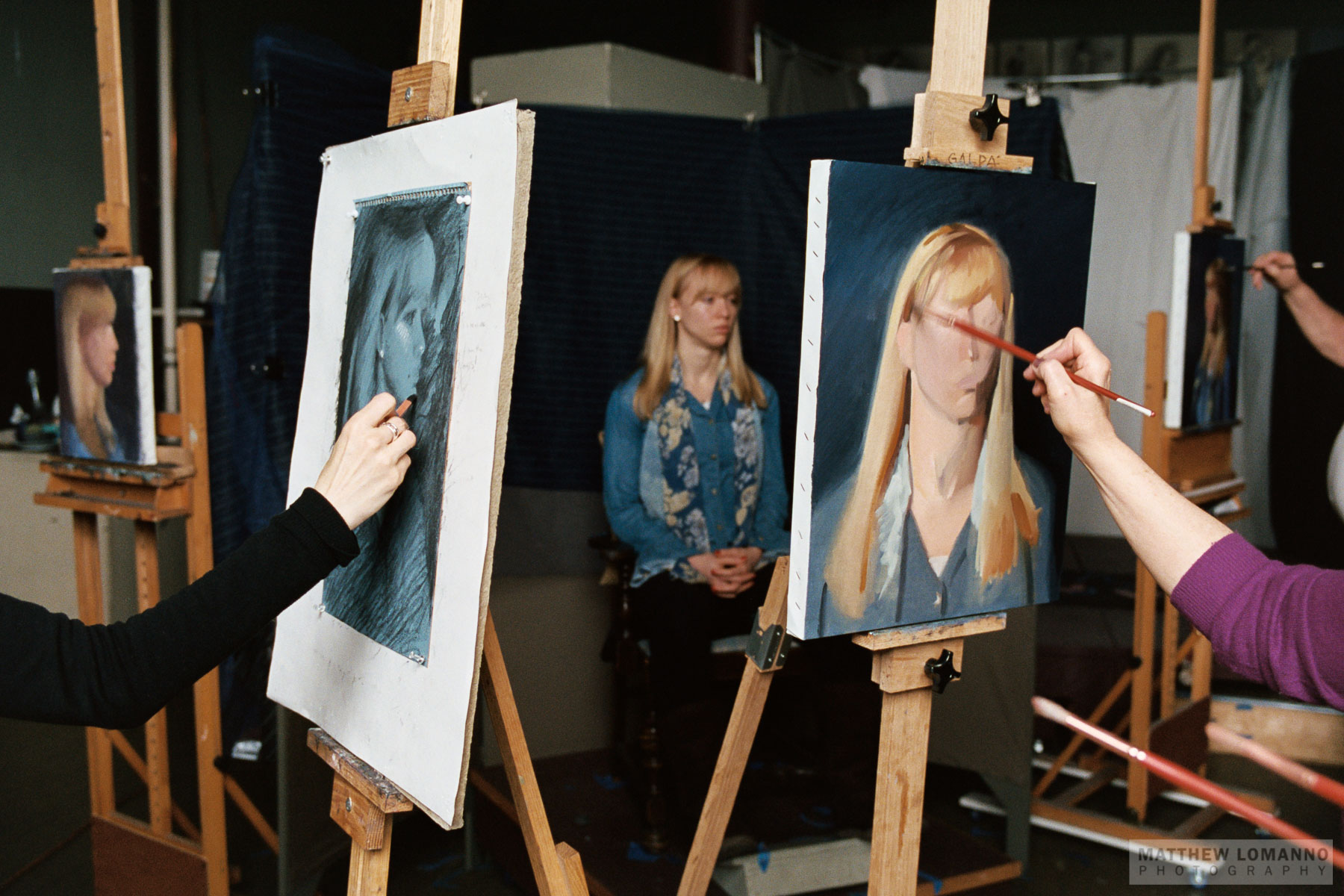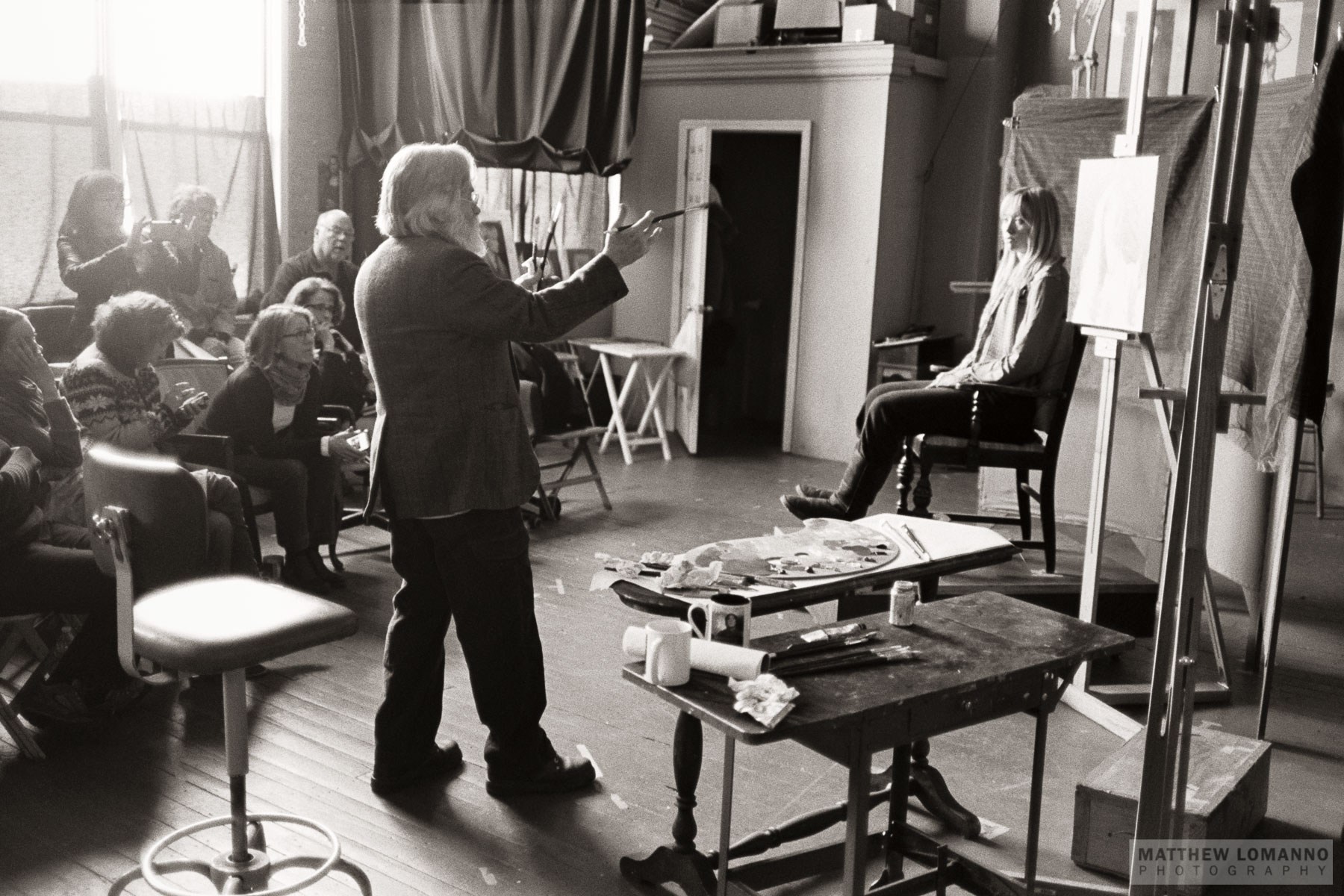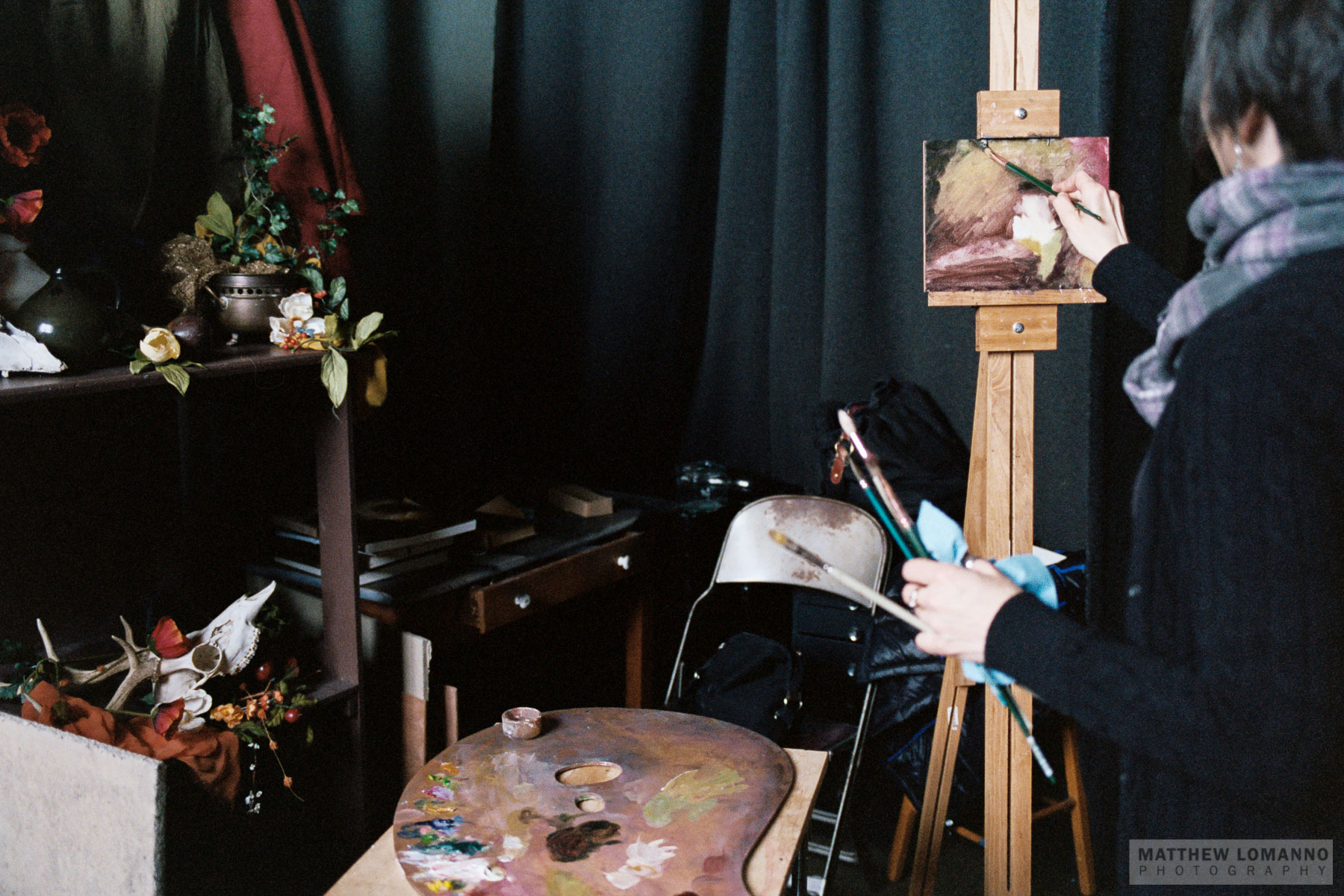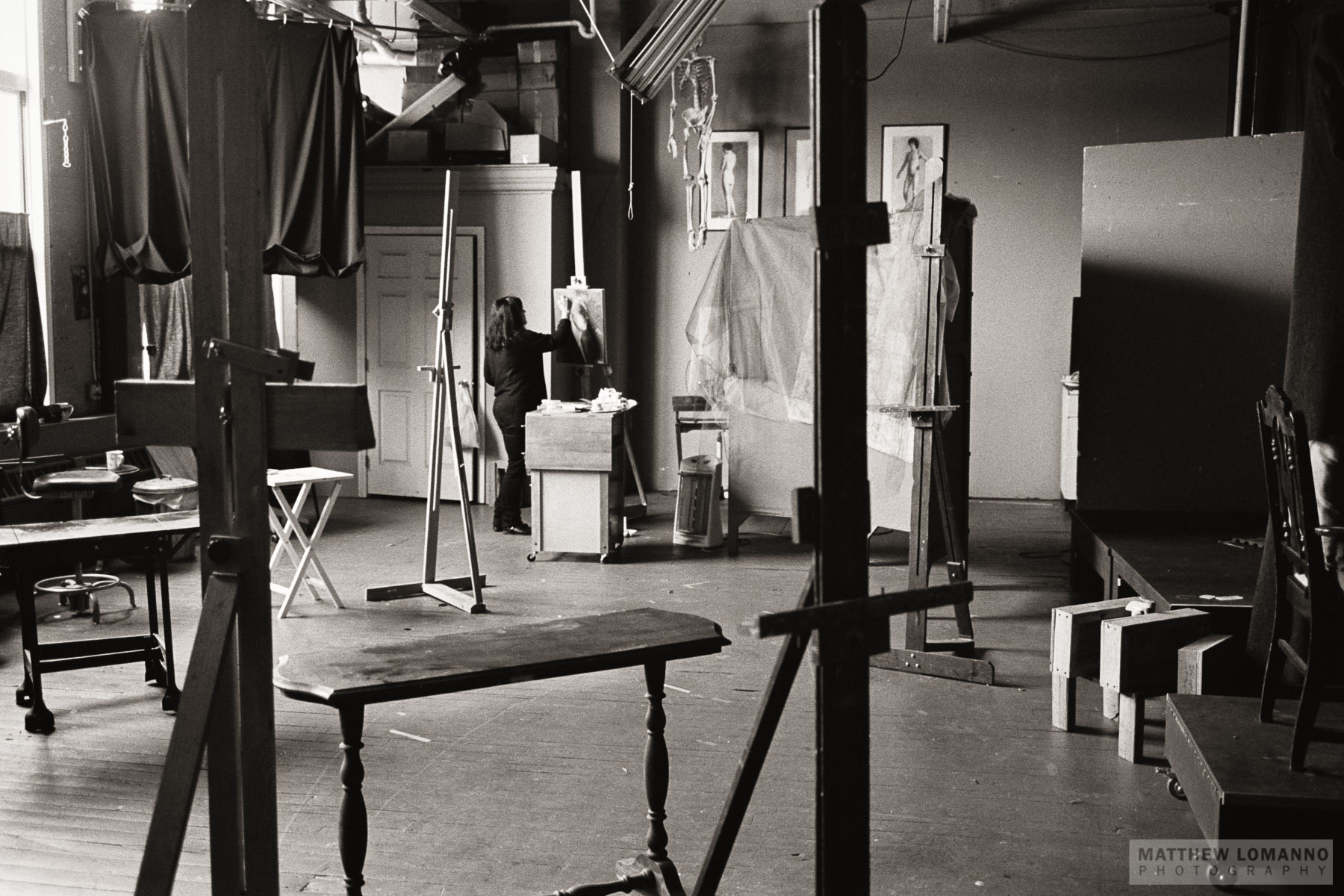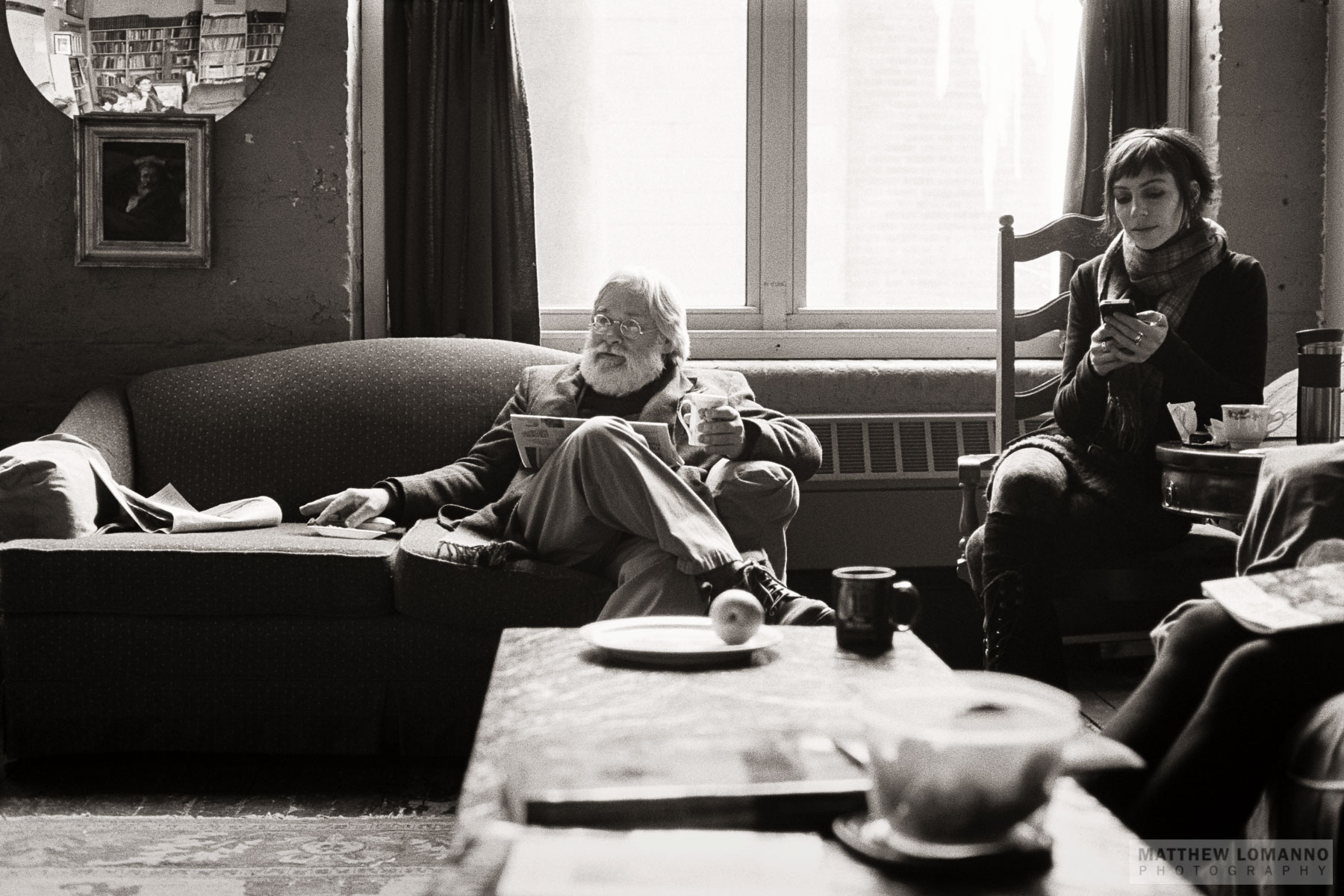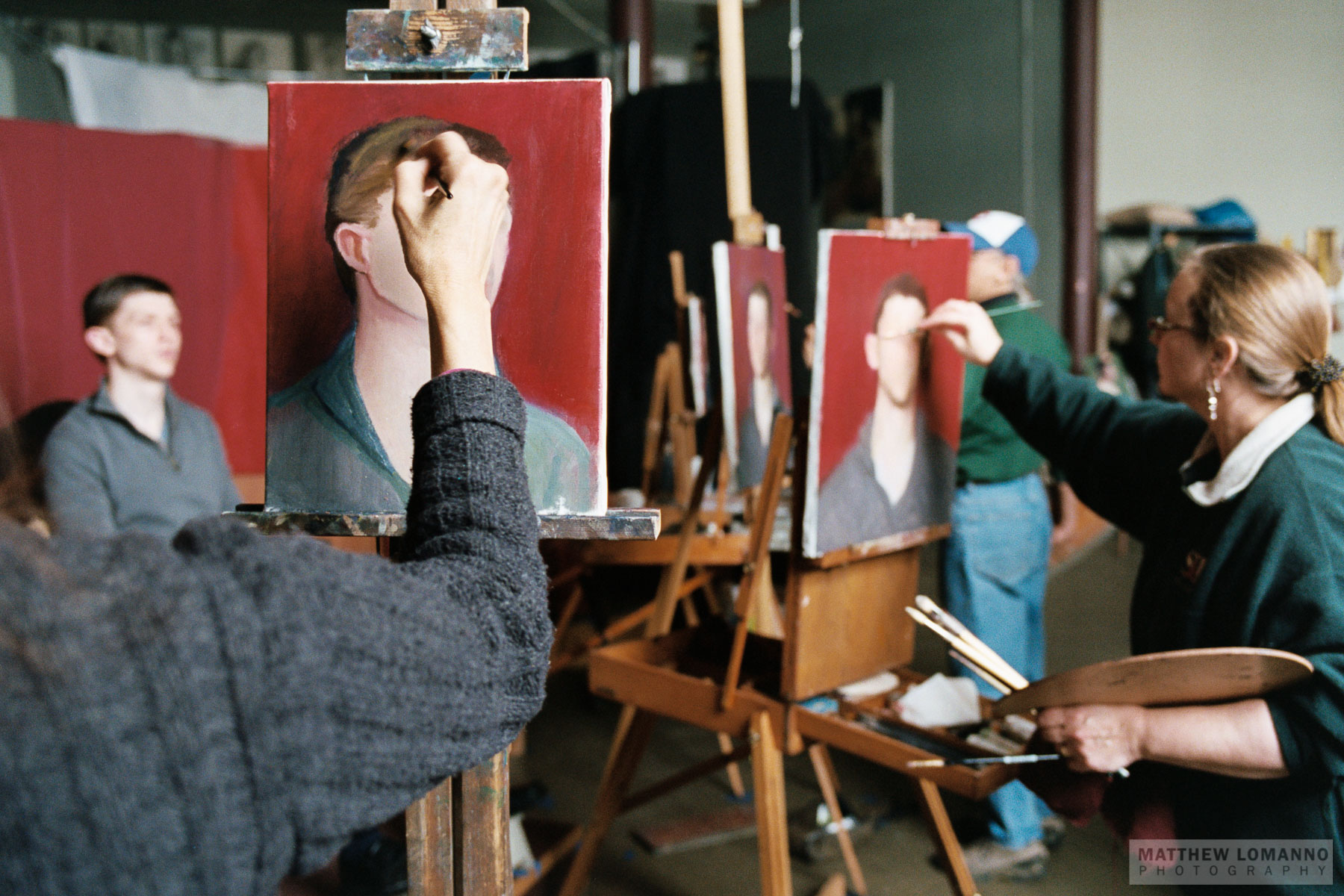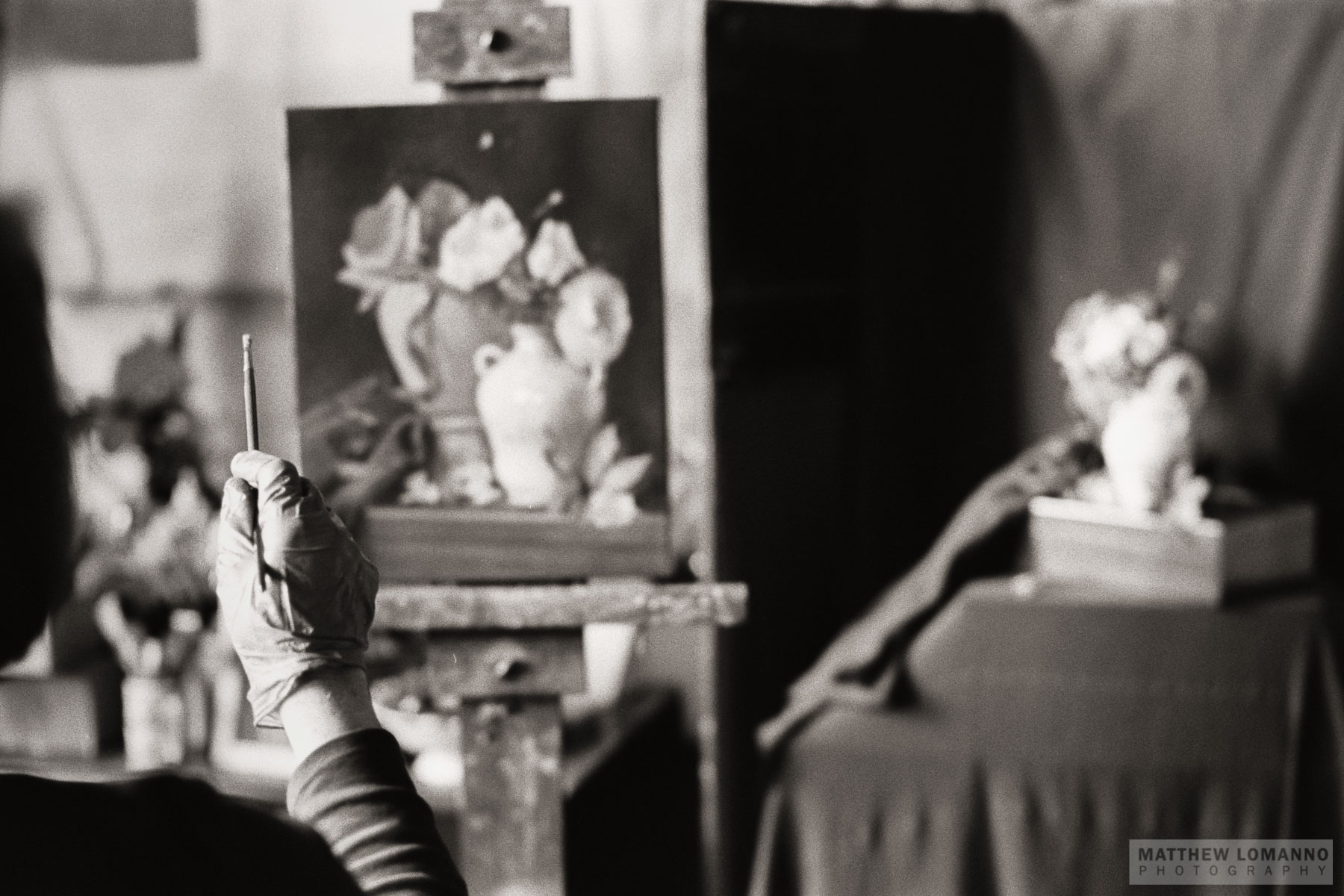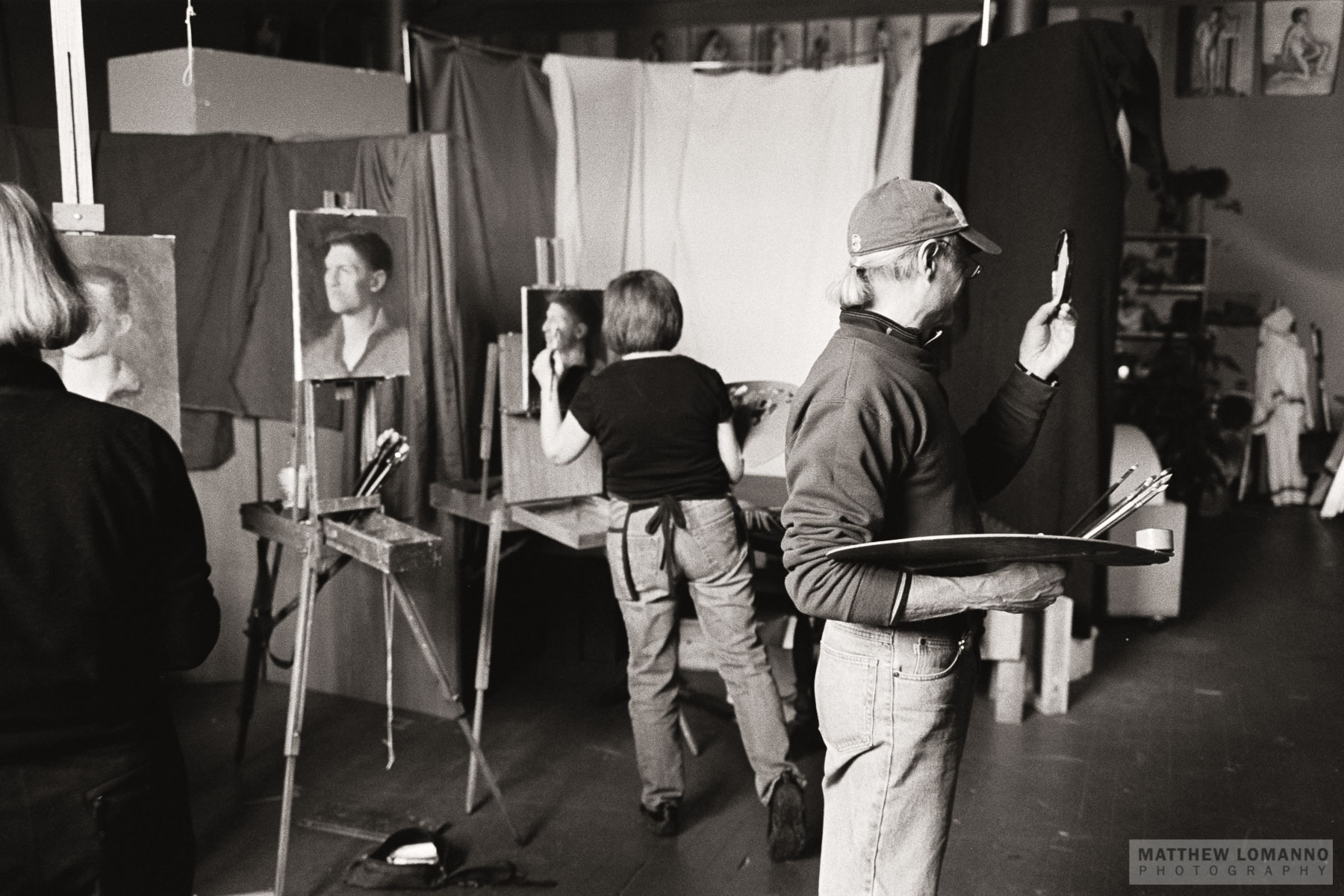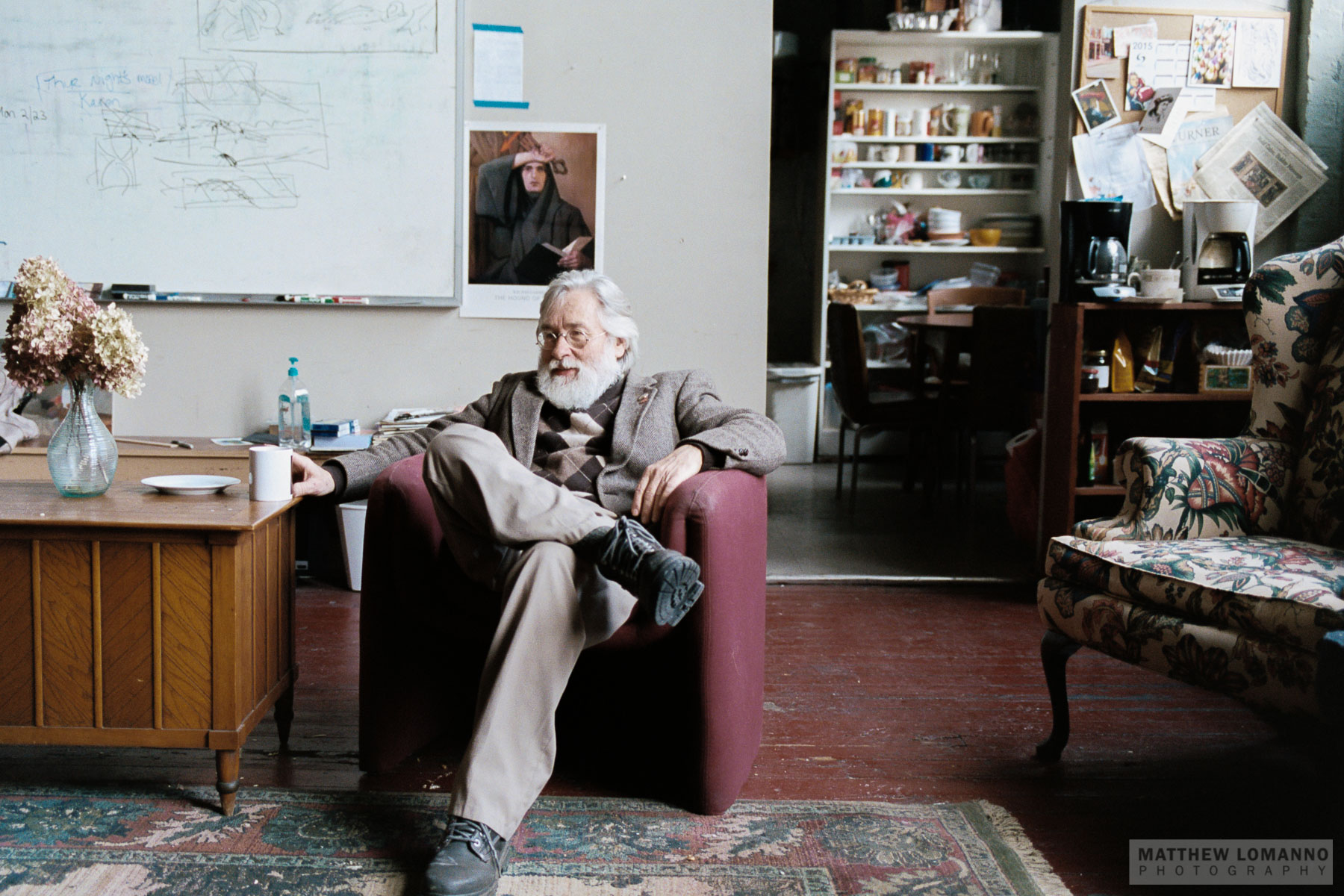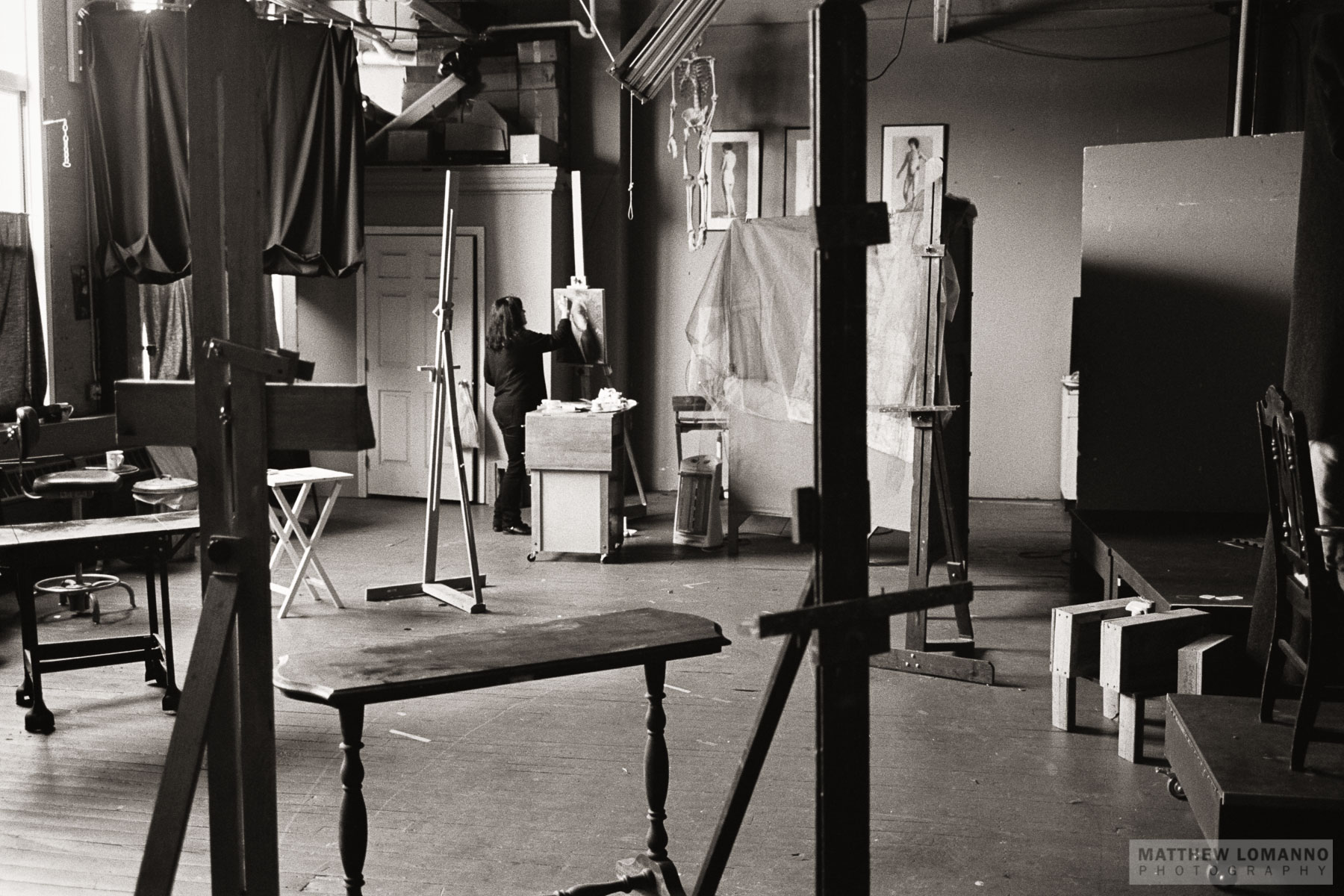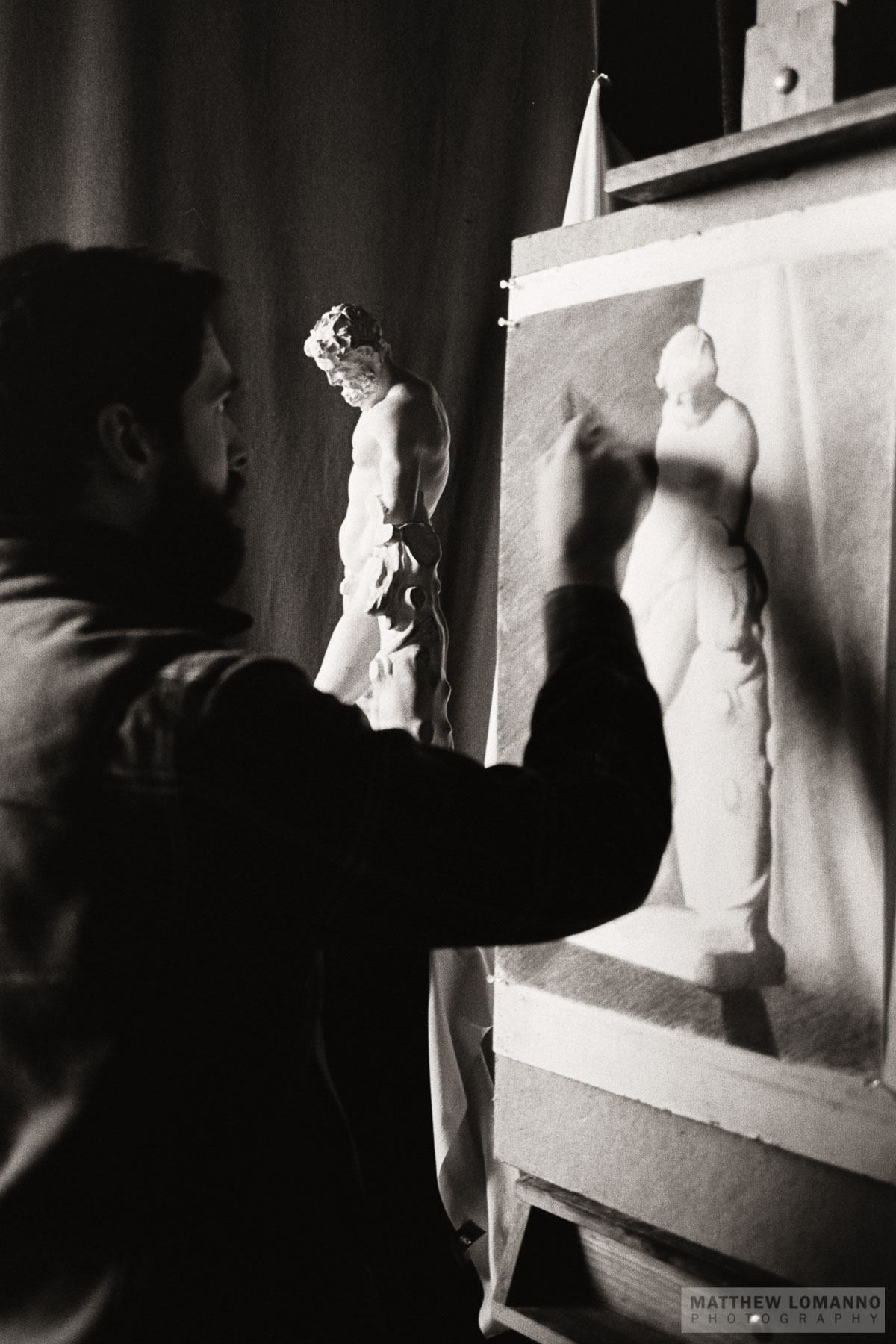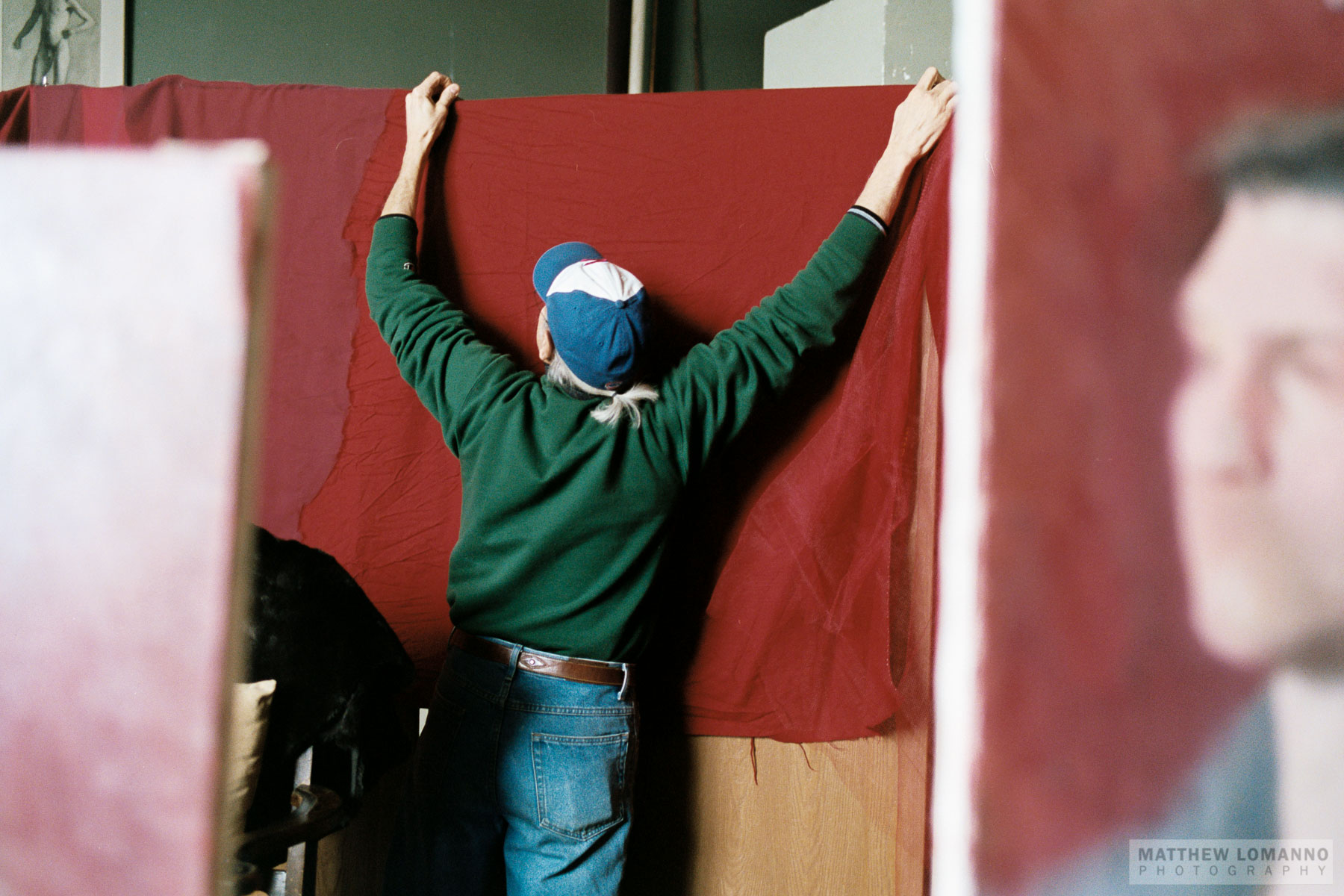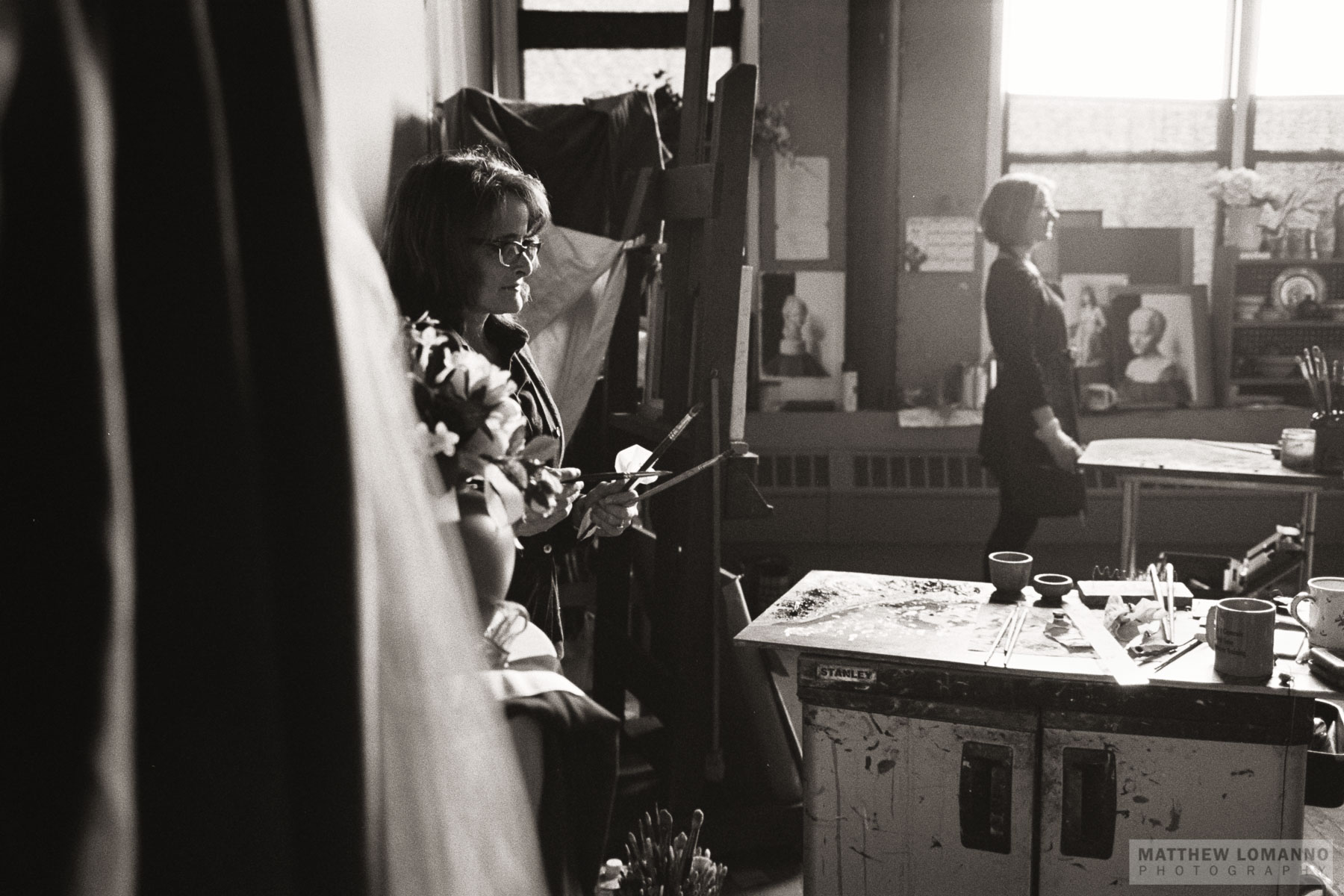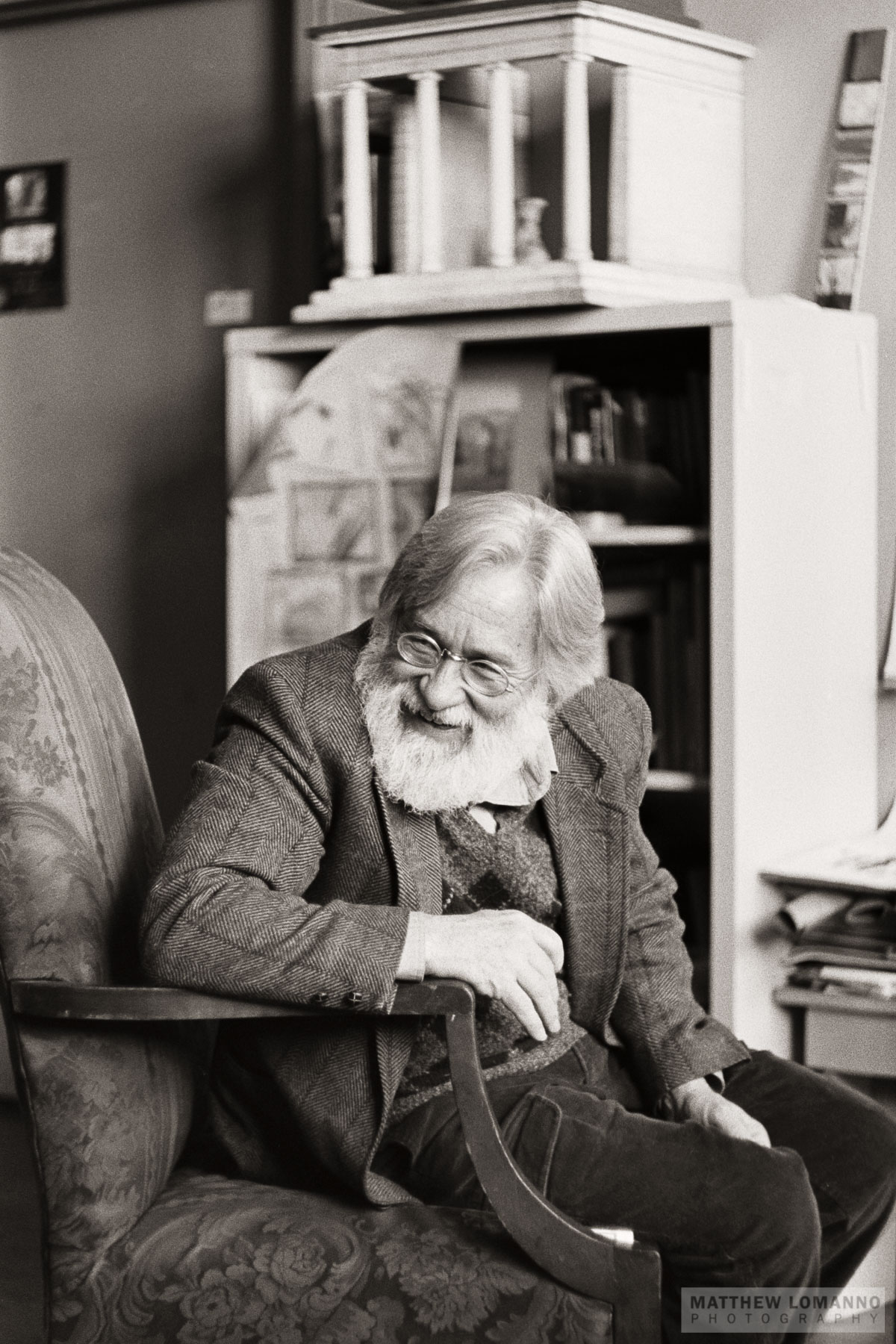A few years ago, my friend David Clayton told me about an art atelier in Manchester: The Ingbretson Studio for Drawing and Painting. I contacted Paul Ingbretson (the master and owner) about spending some time photographing there. He agreed, and I documented the life and work of his students and space.
I carried only two film rangefinders: one loaded with Tri-X (black & white) and the other with Portra 400 (color), using whichever one suited the subject matter and my photographic goal. I had only 35 & 50mm lenses and a handheld light meter. I listened: to conversations among the students, to Paul, and to the sounds of quiet making. I occasionally asked questions, discussed, and debated. Most were open to my presence and work, and I'm grateful to them for the opportunity.
The results, along with an essay, are published in the current issue of Dappled Things. My words there explain much of the studio's practices and culture; thus, I see no need to repeat or expand upon those words except by way of introduction. I will, however, be able to expand greatly on the amount of photographs published, organized thematically.
The first set, then, will show what one entering this atelier would see: students of various ages creating art in their stalls, similar to monks in their cells.
